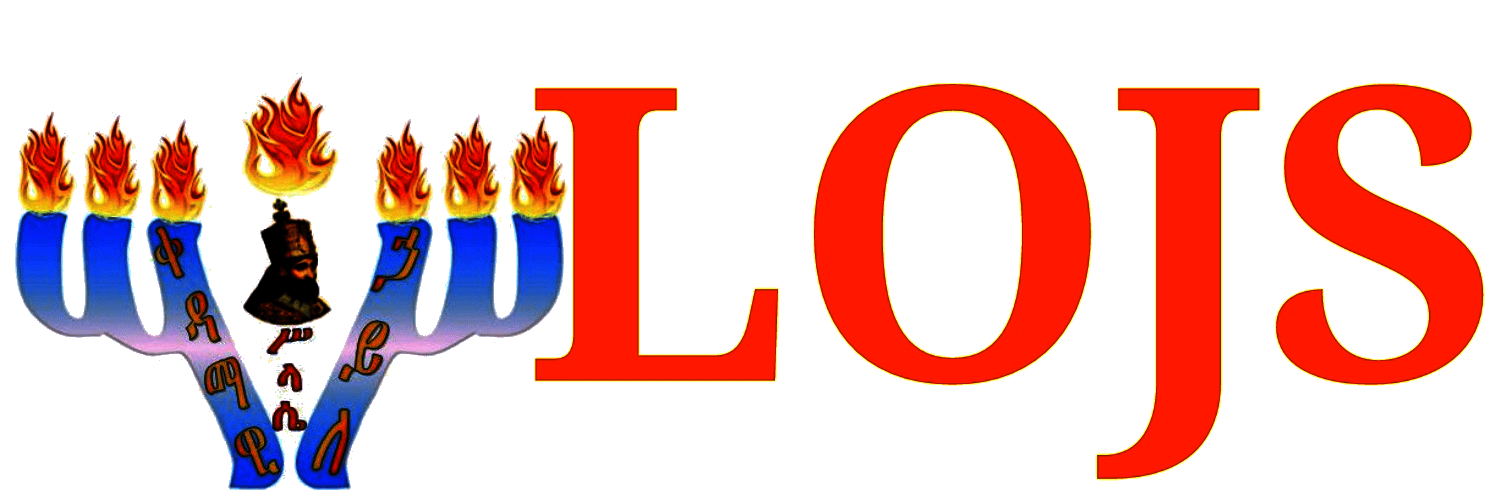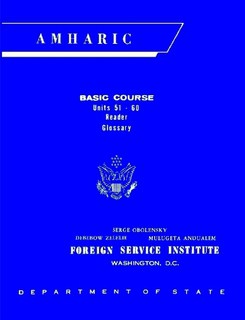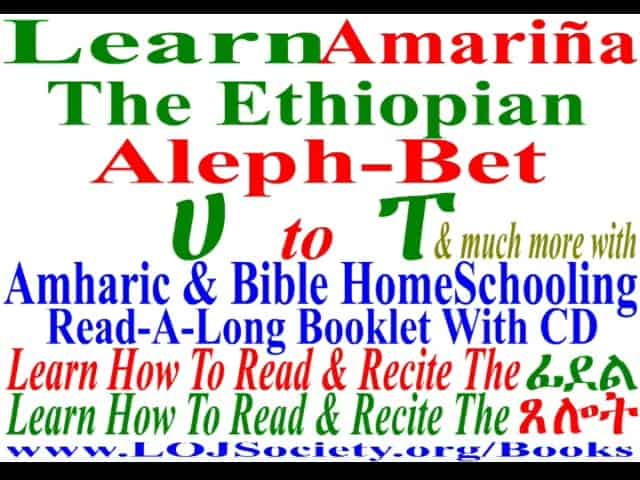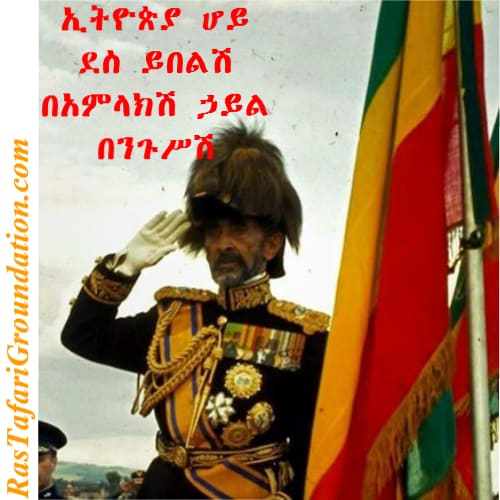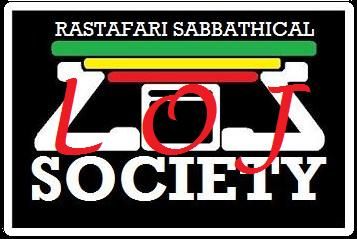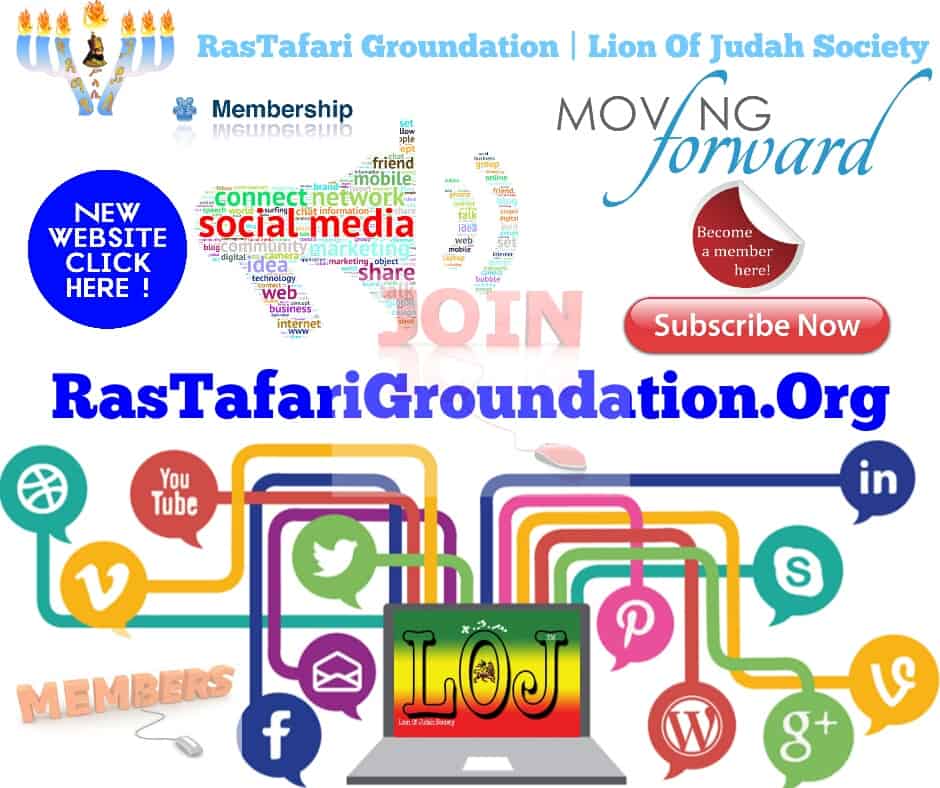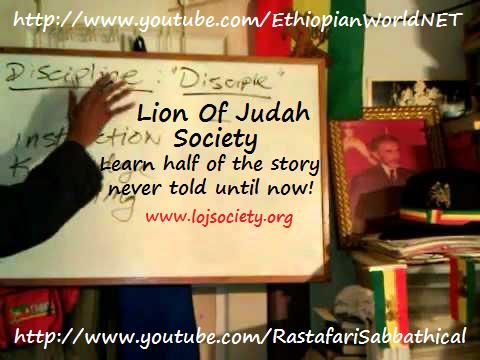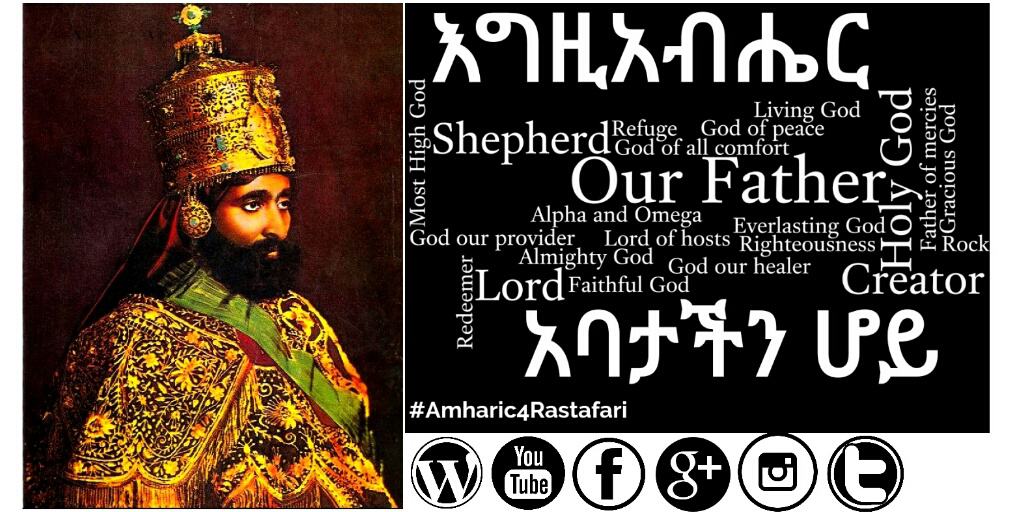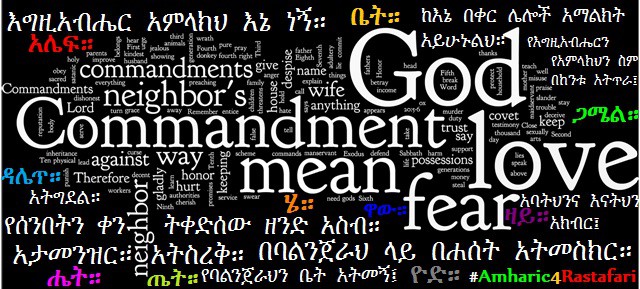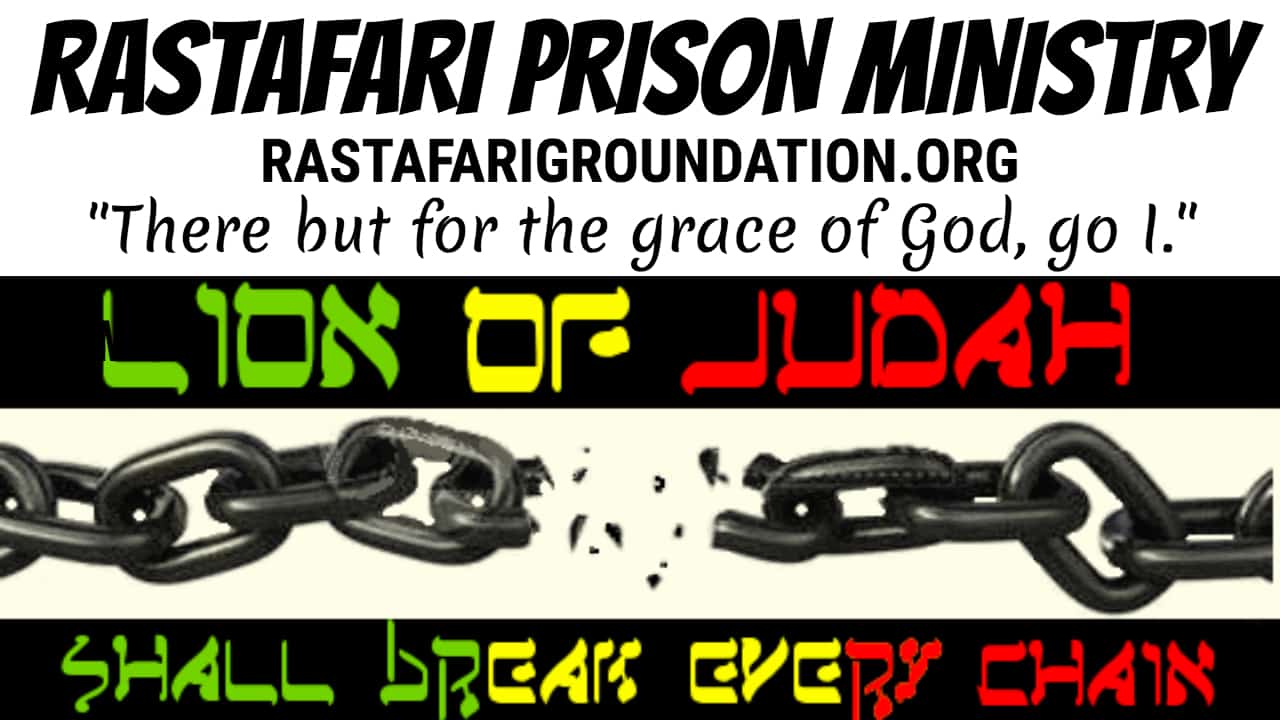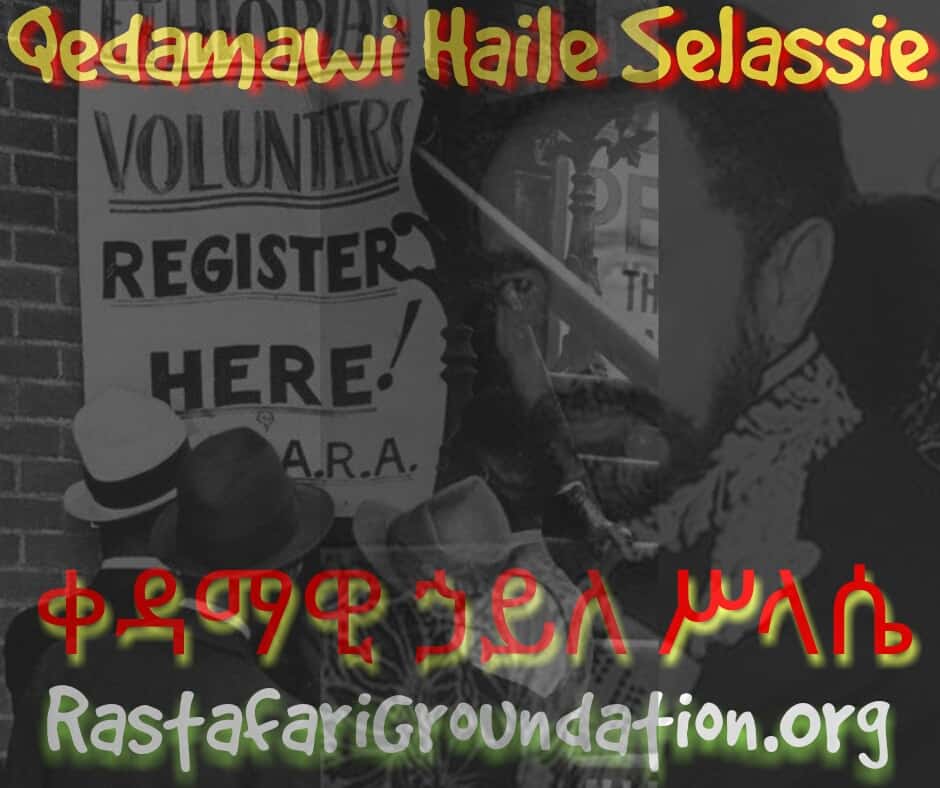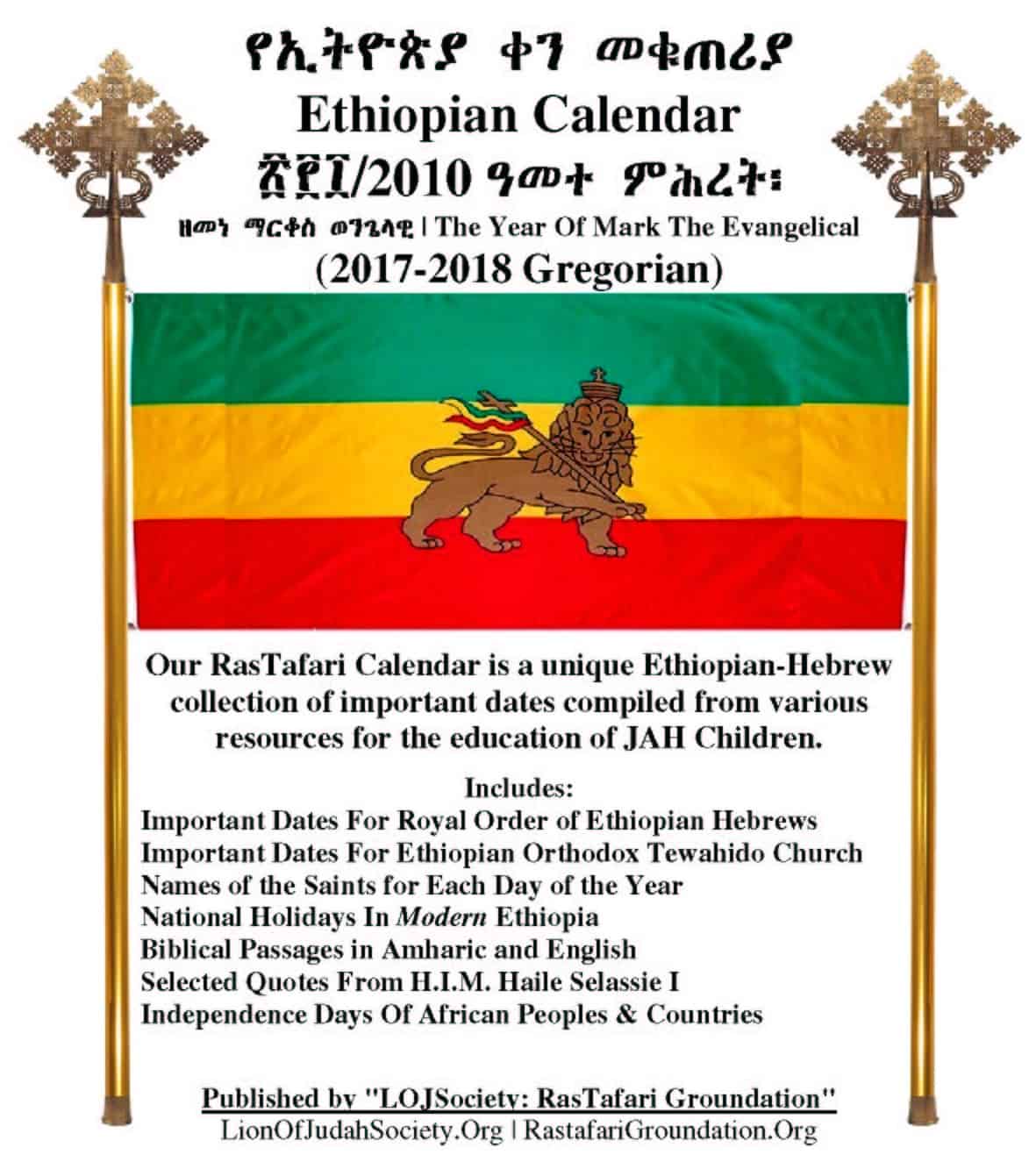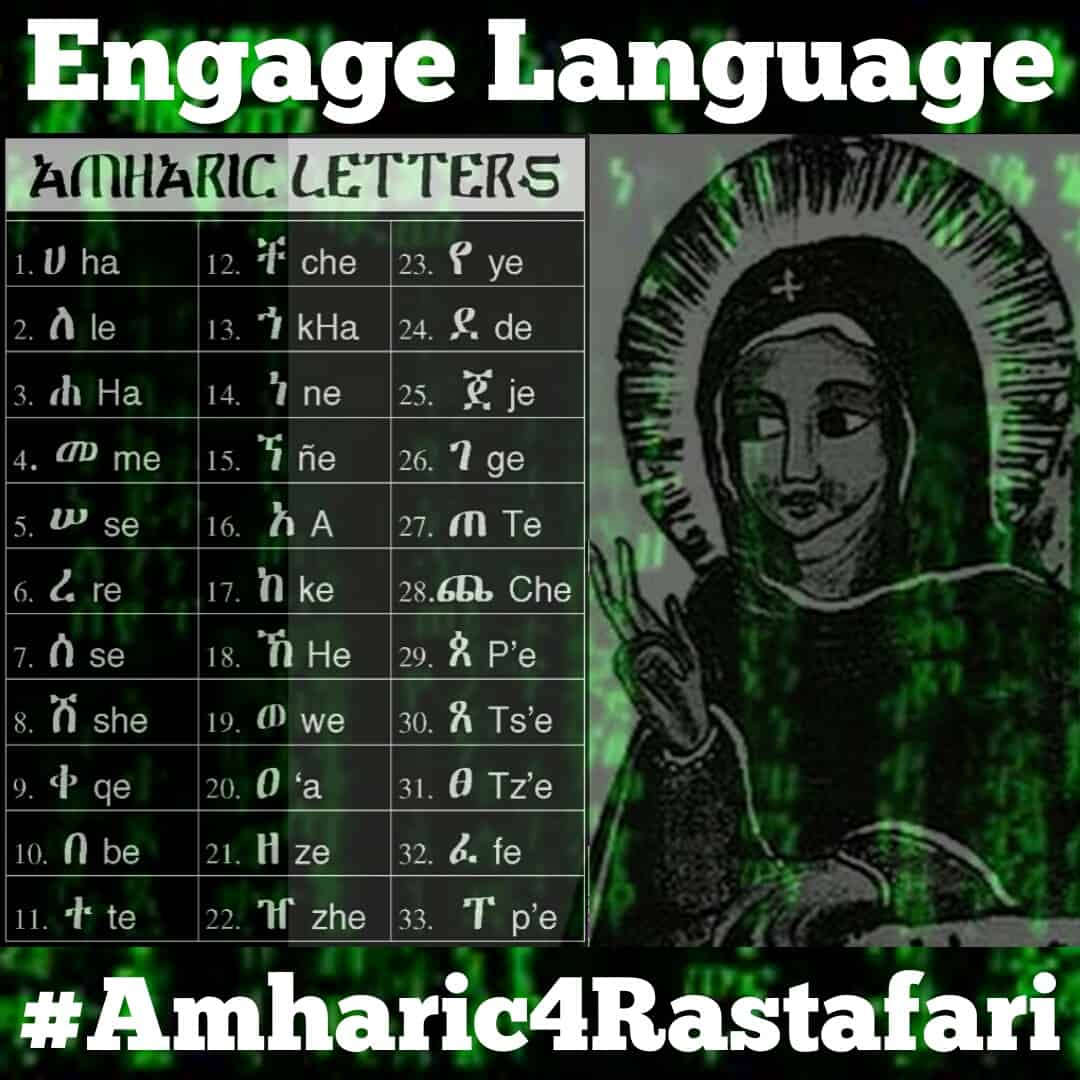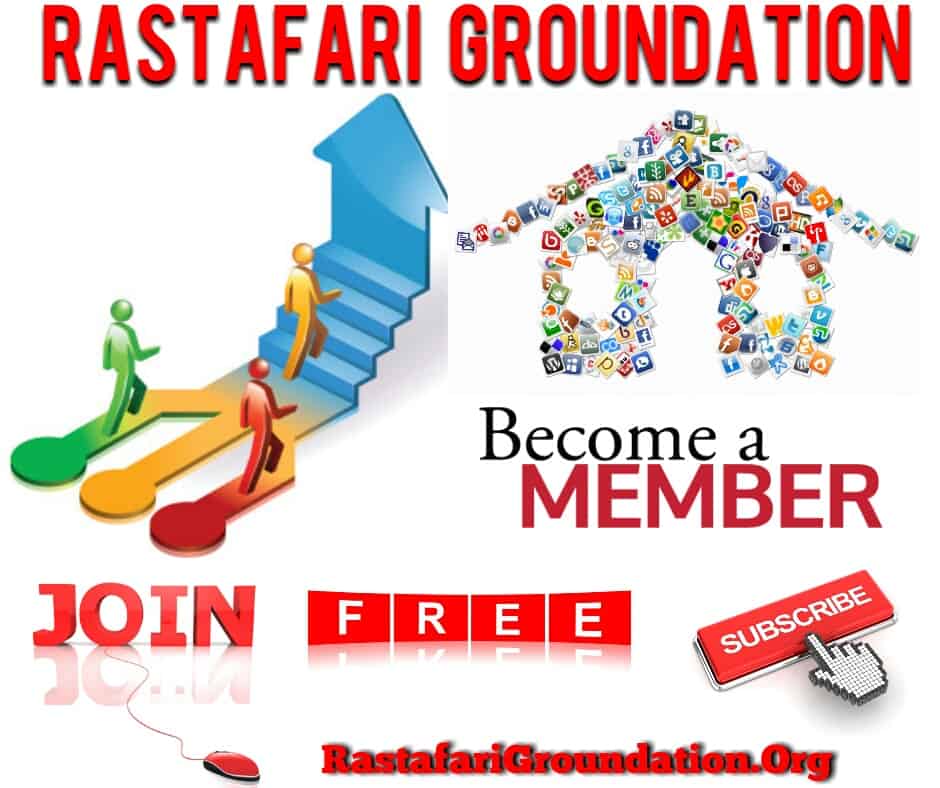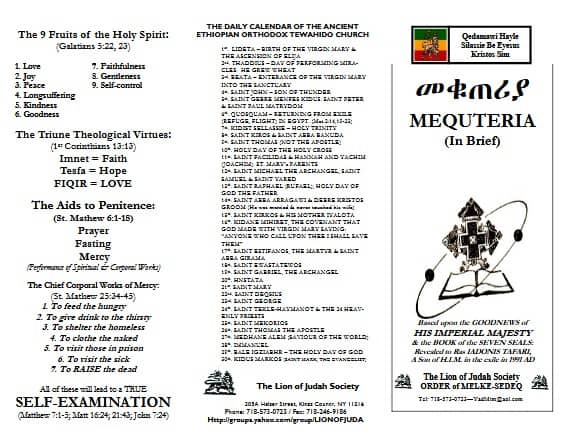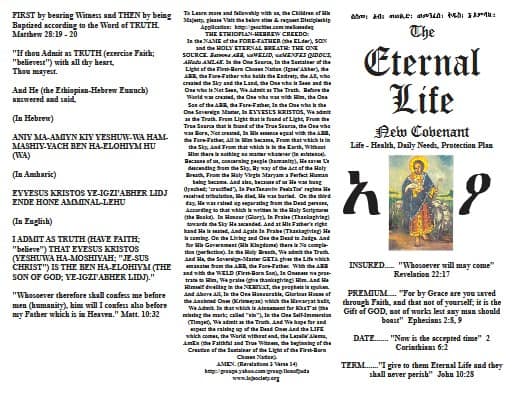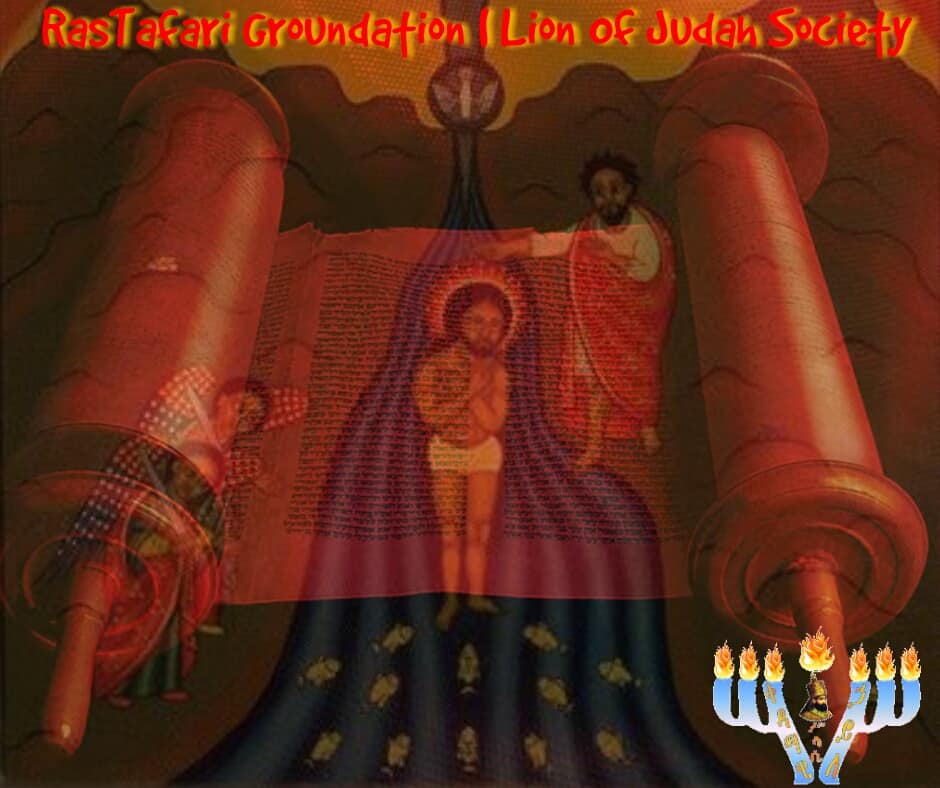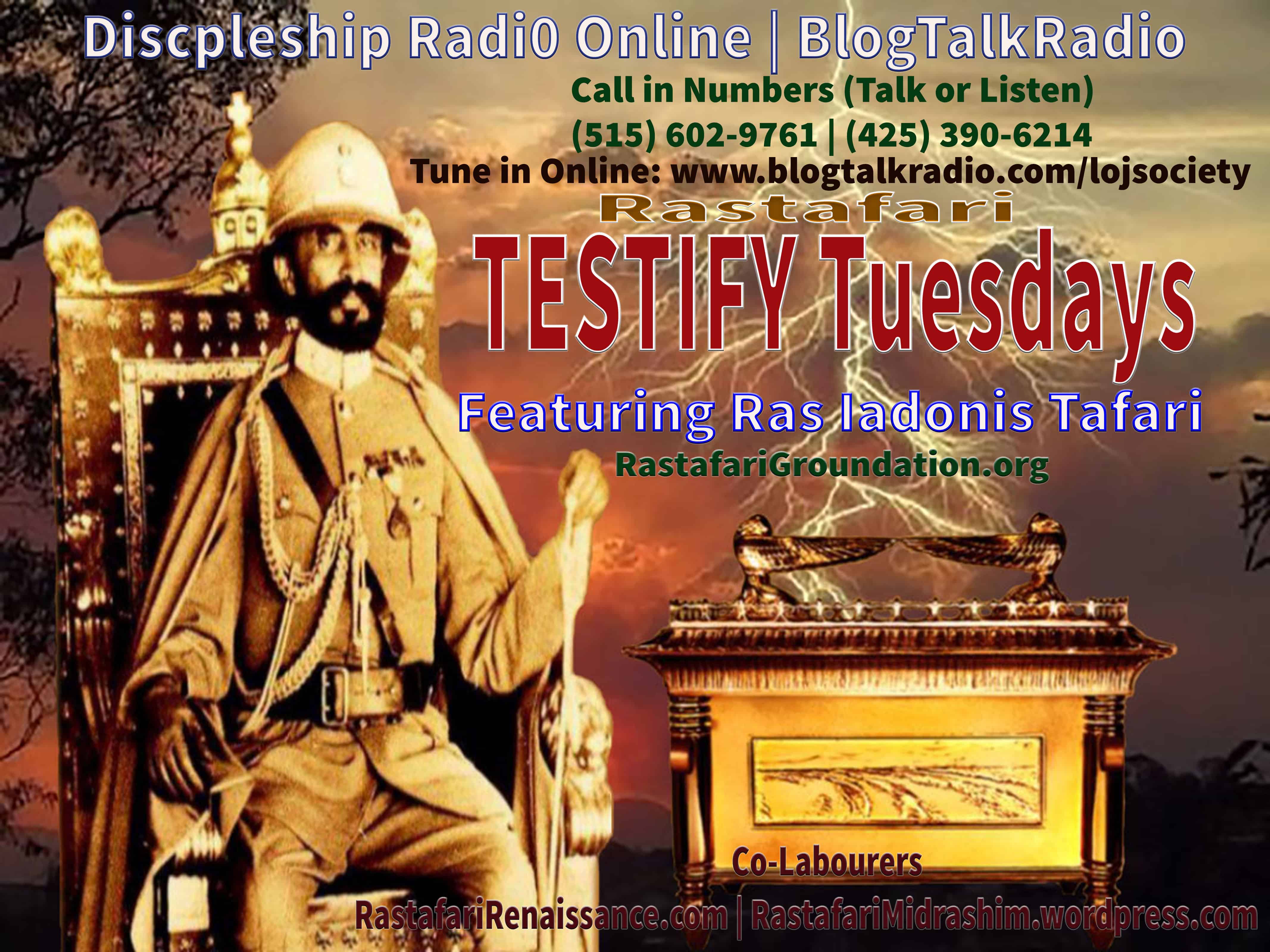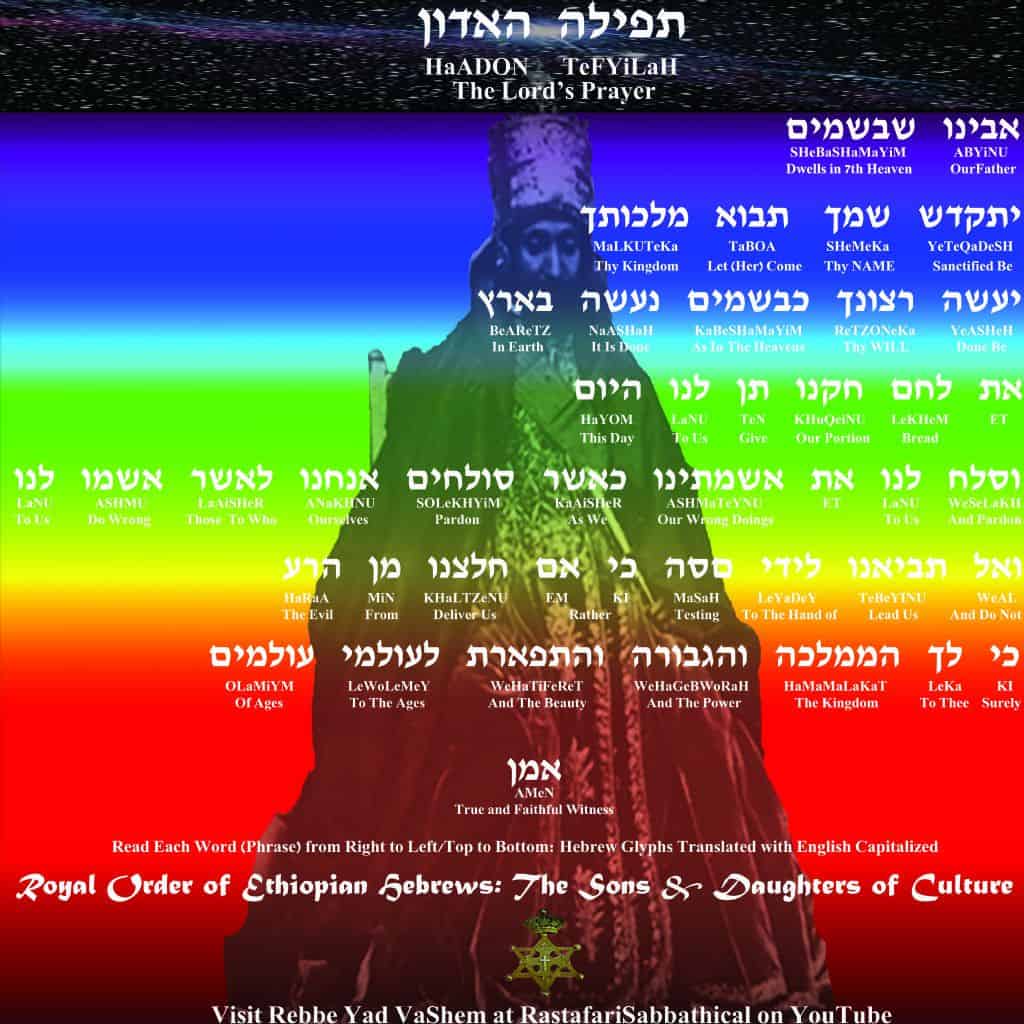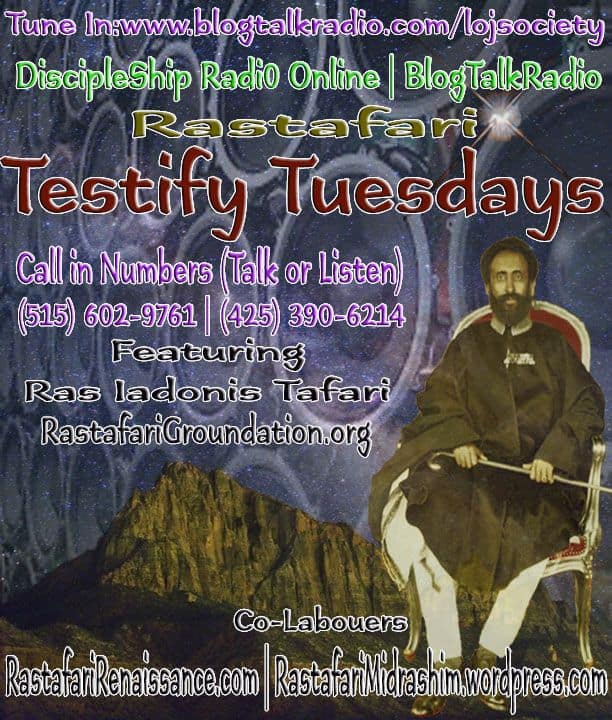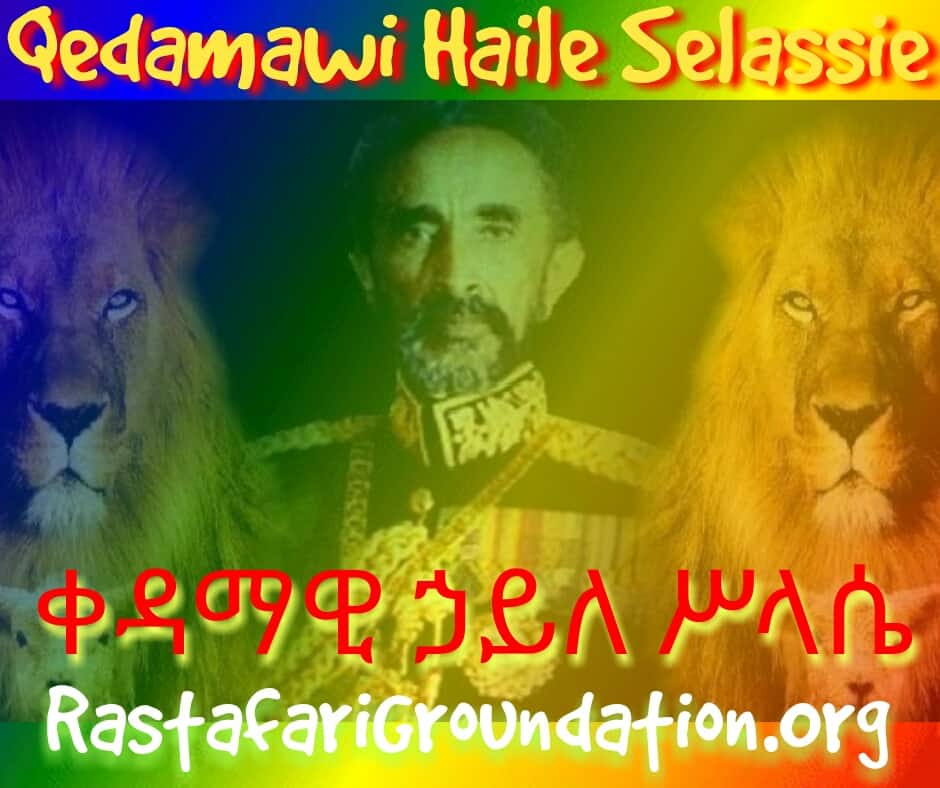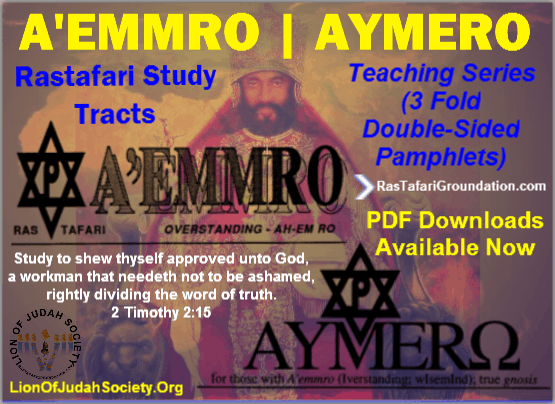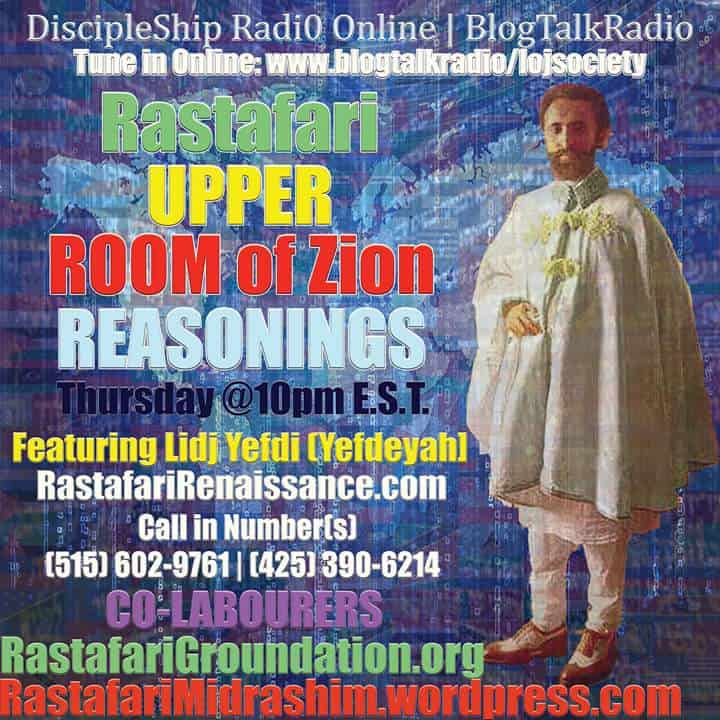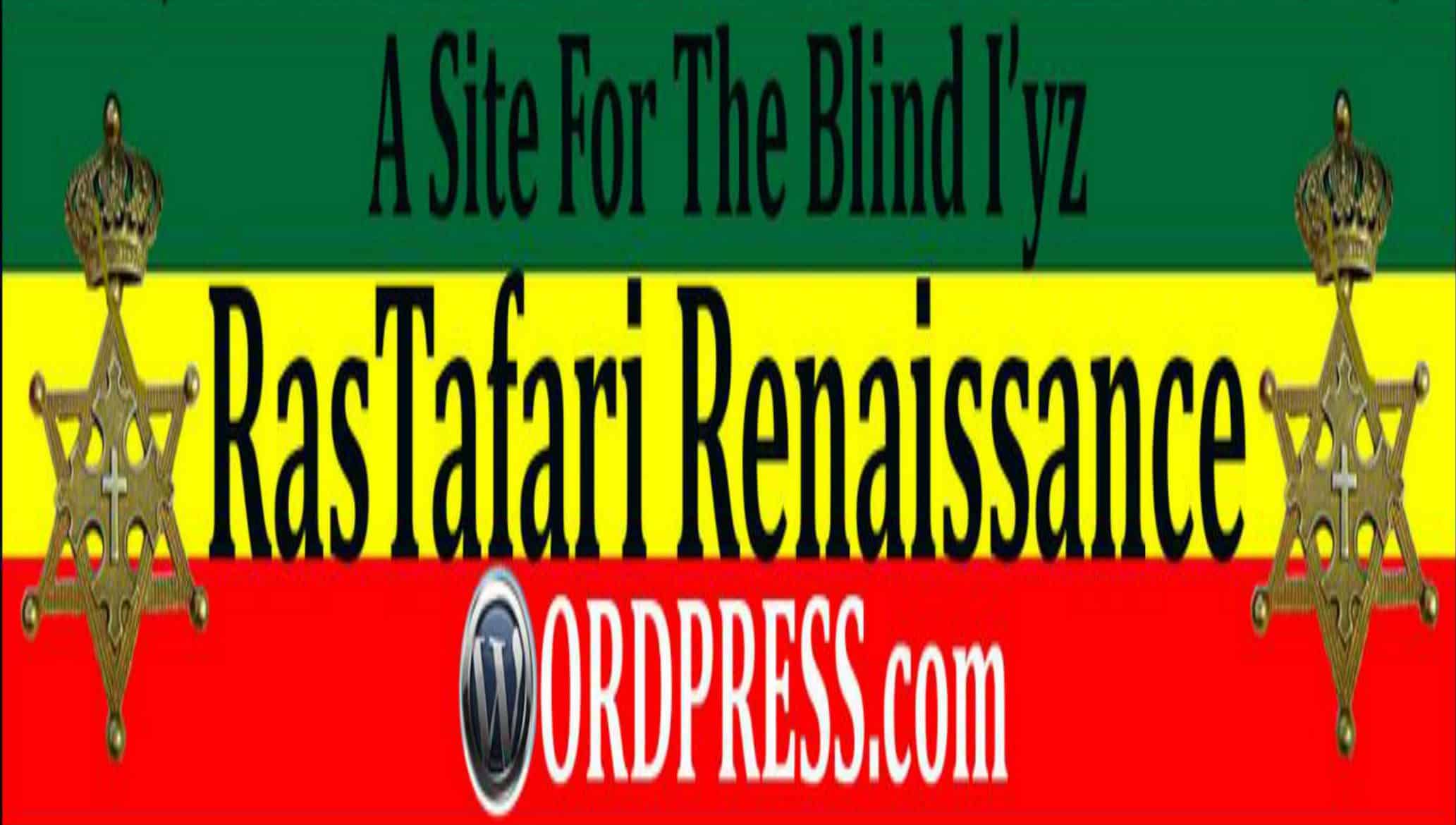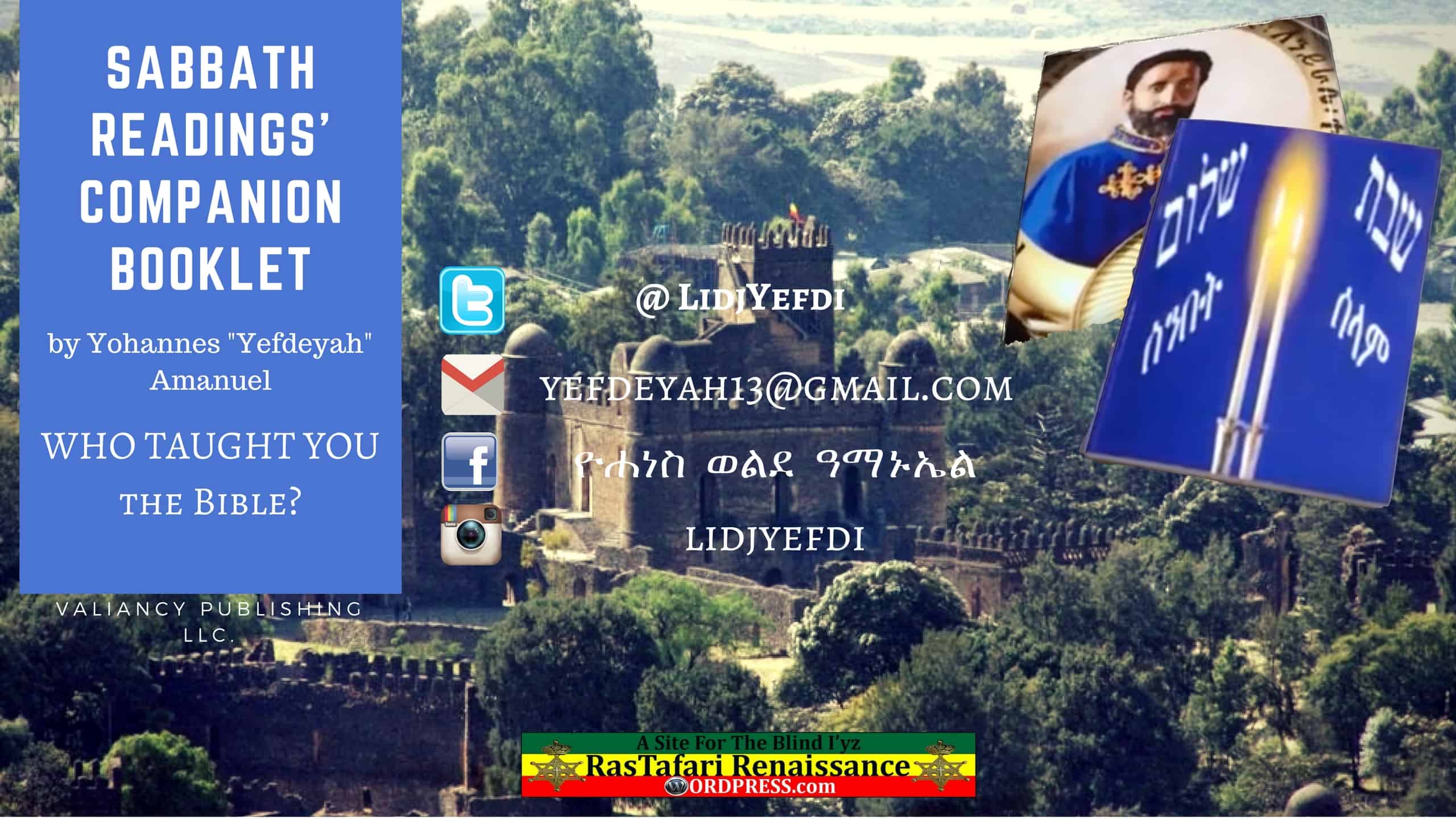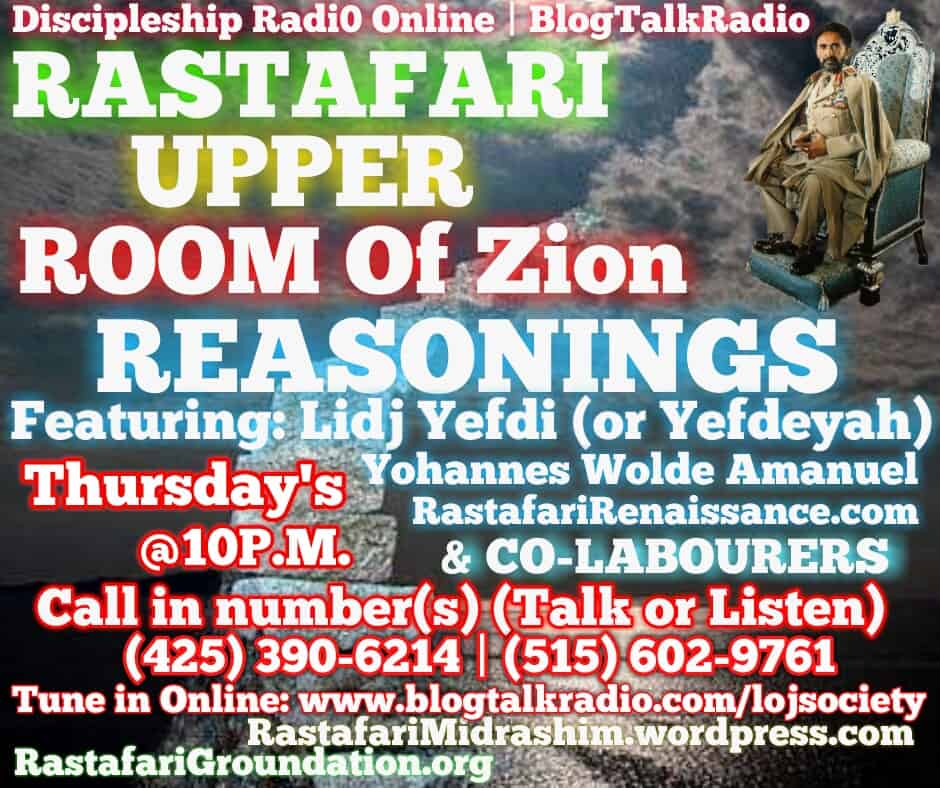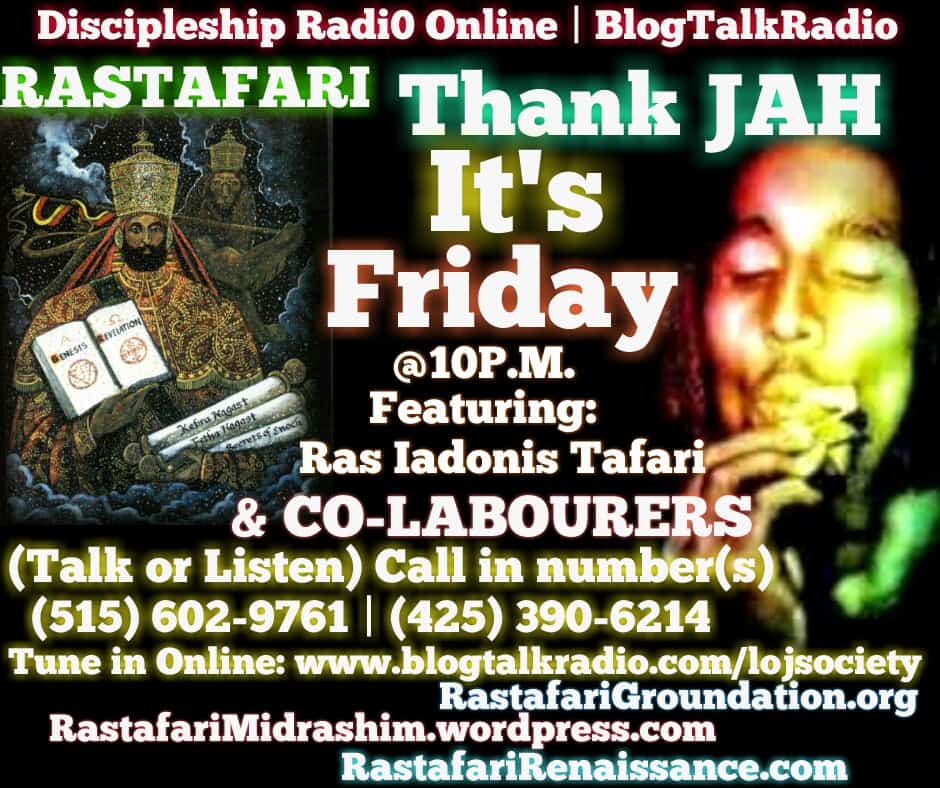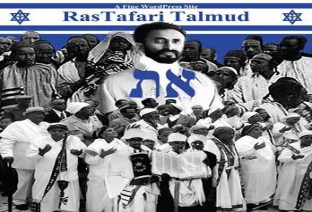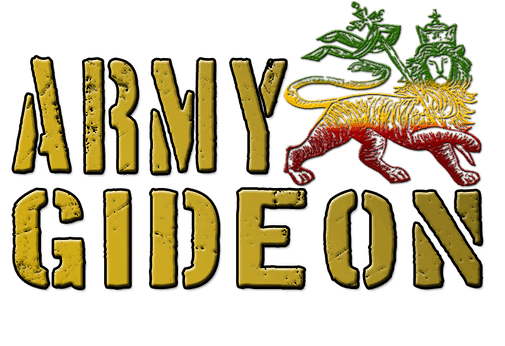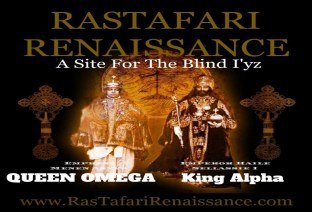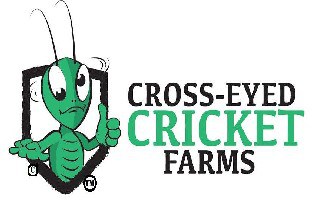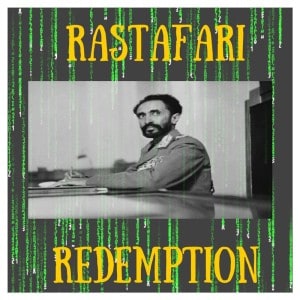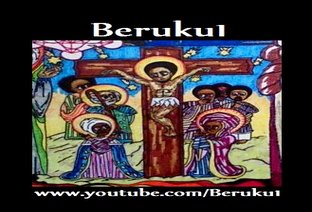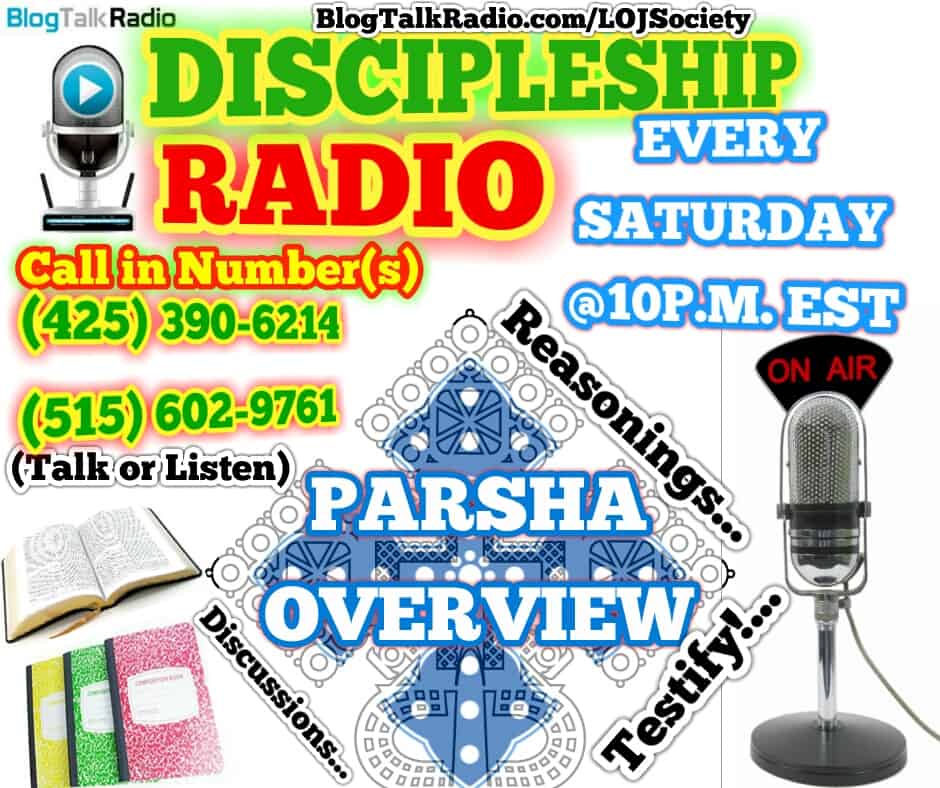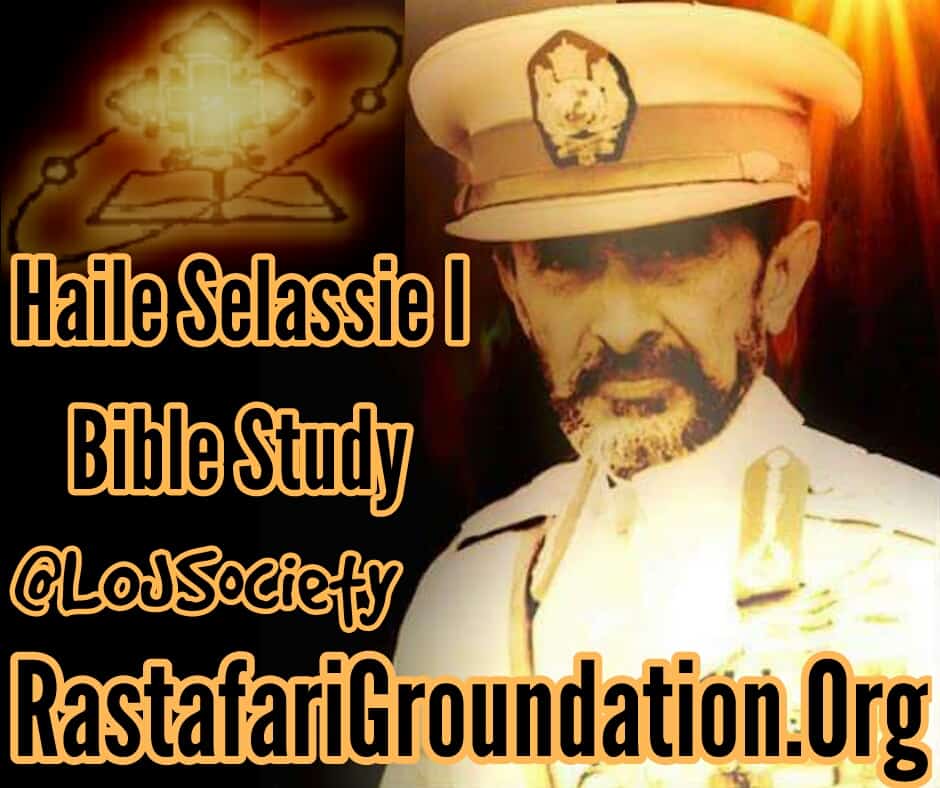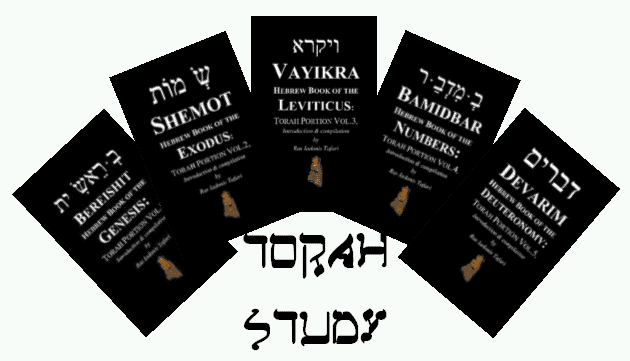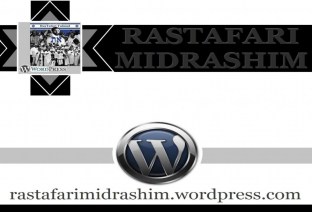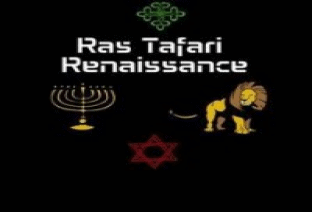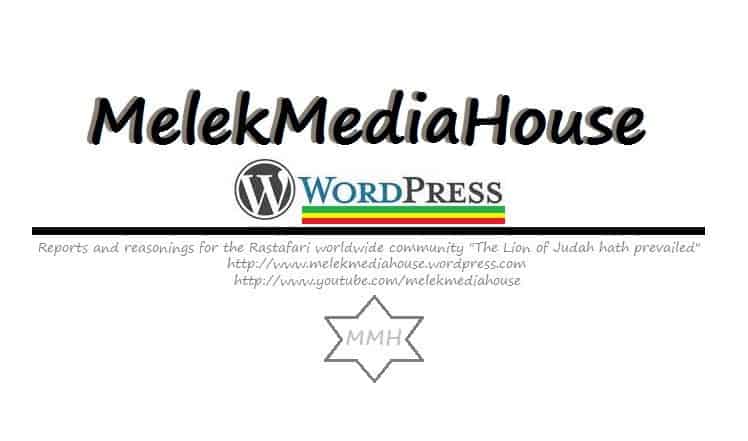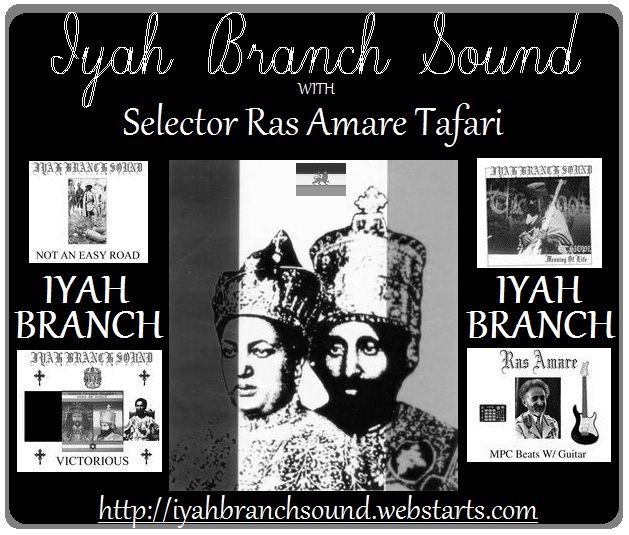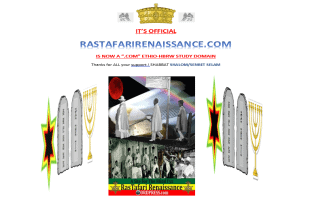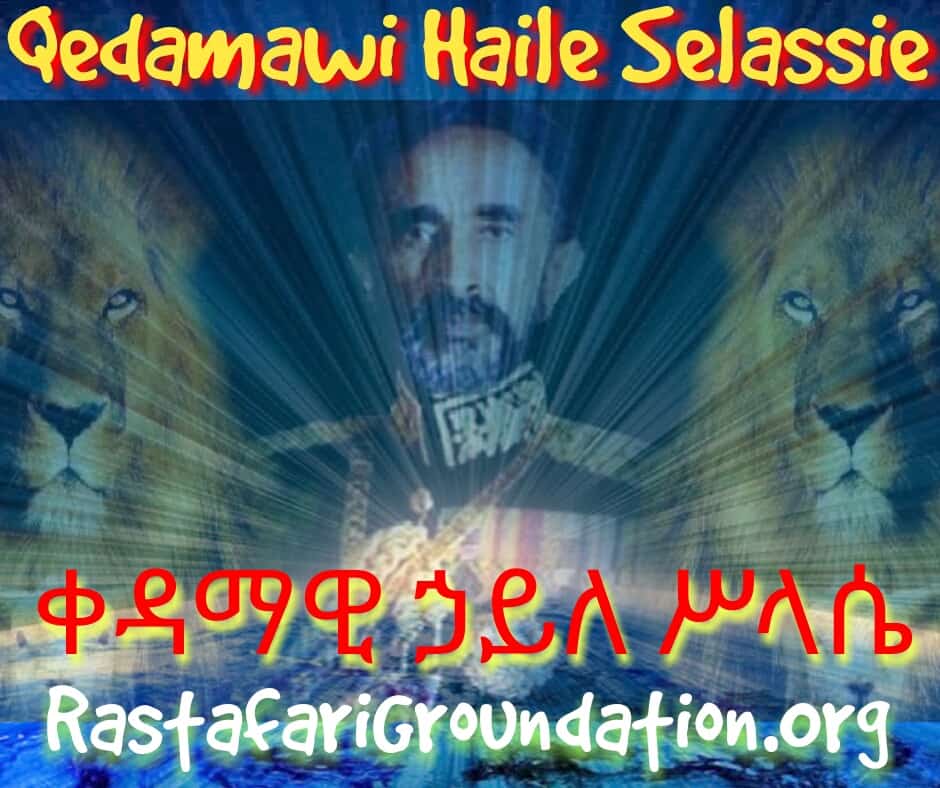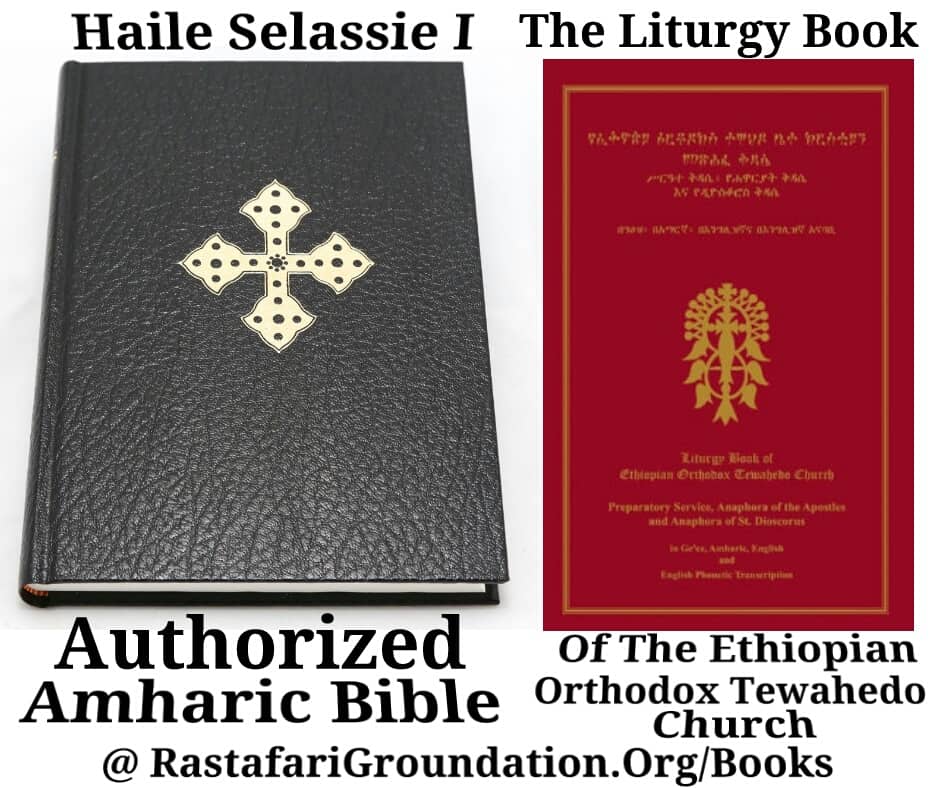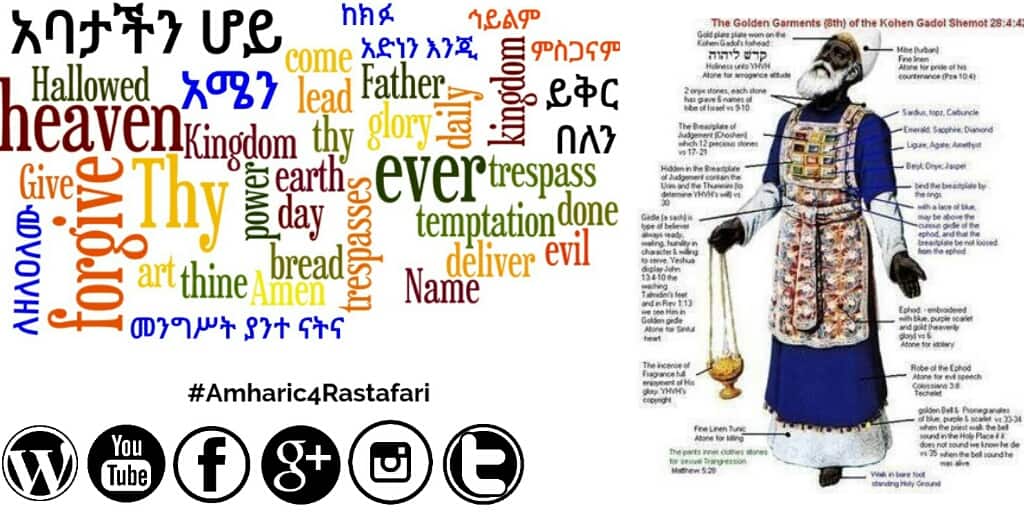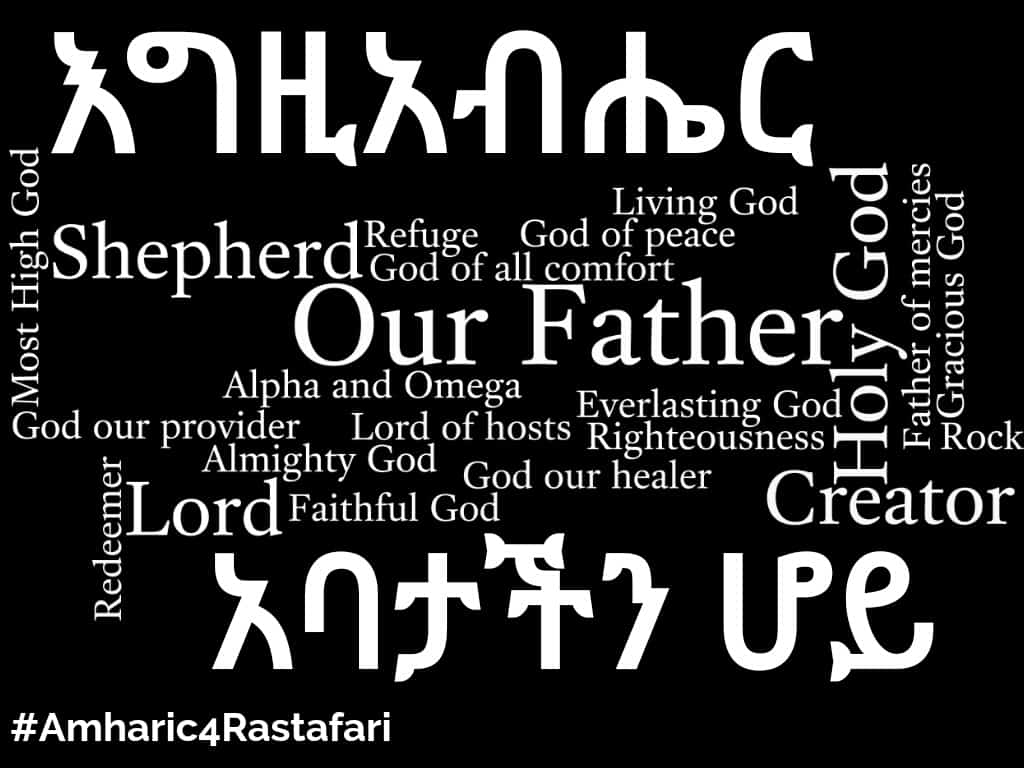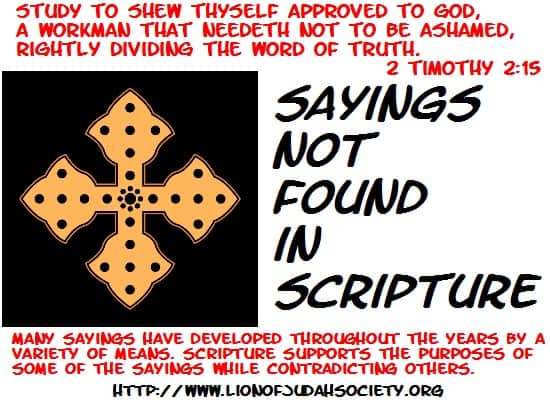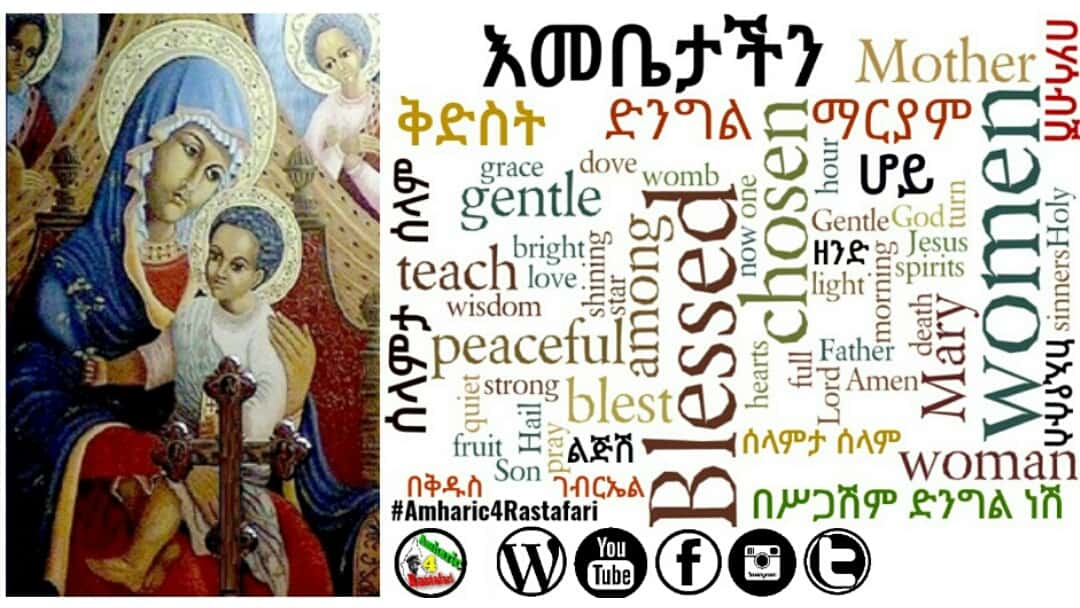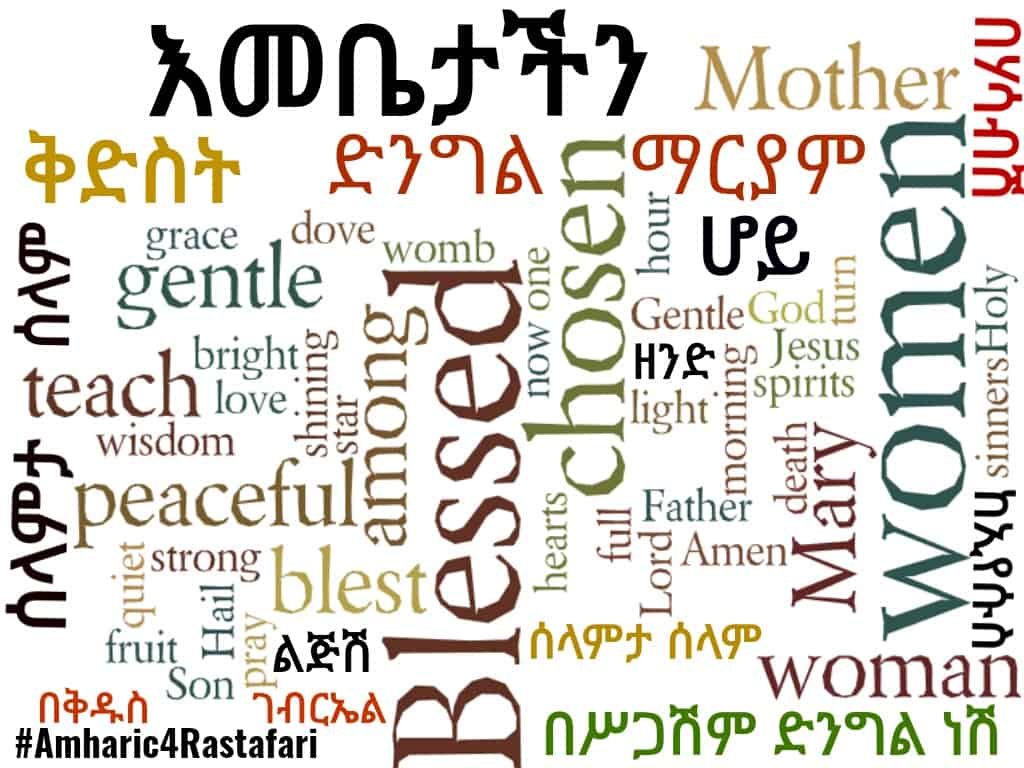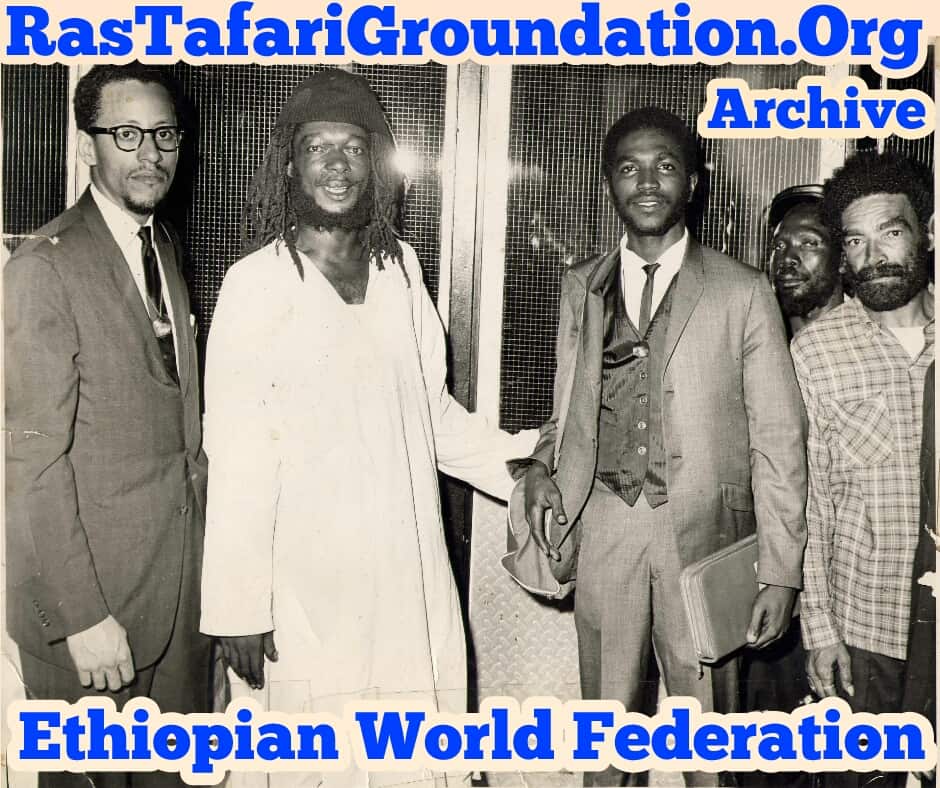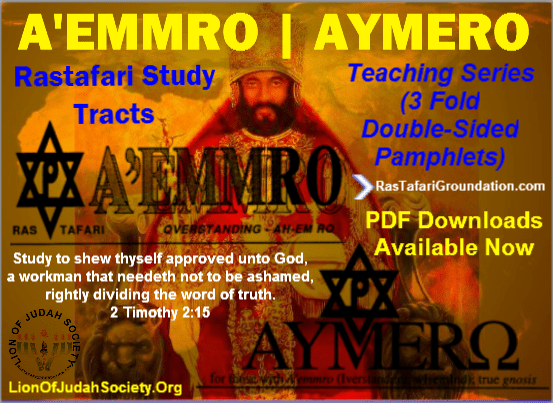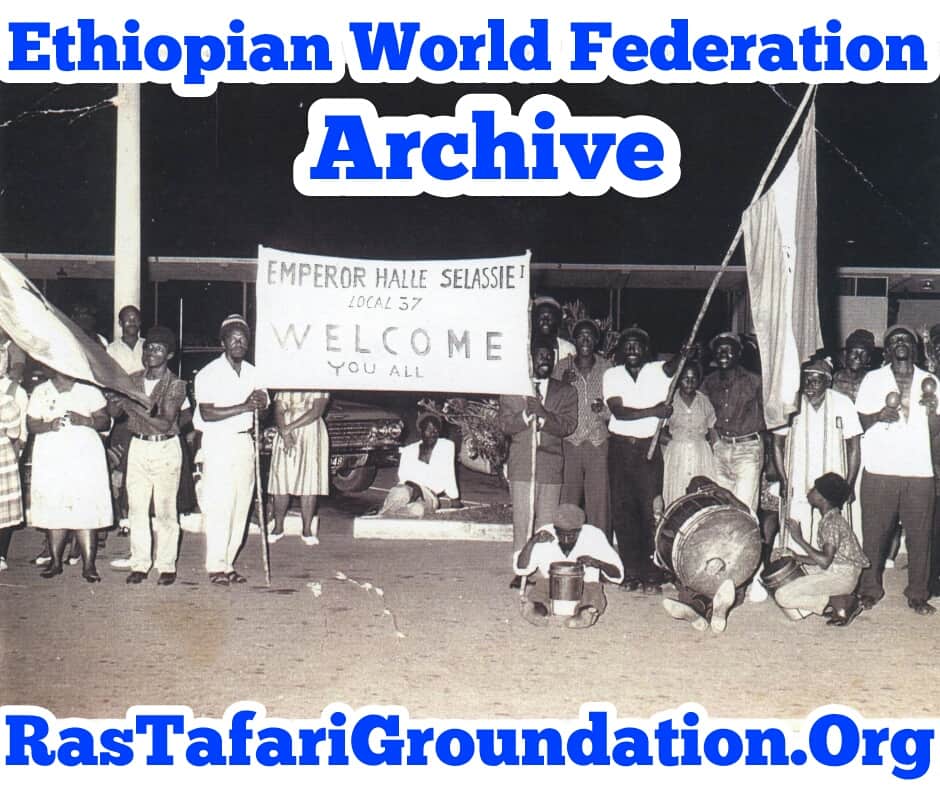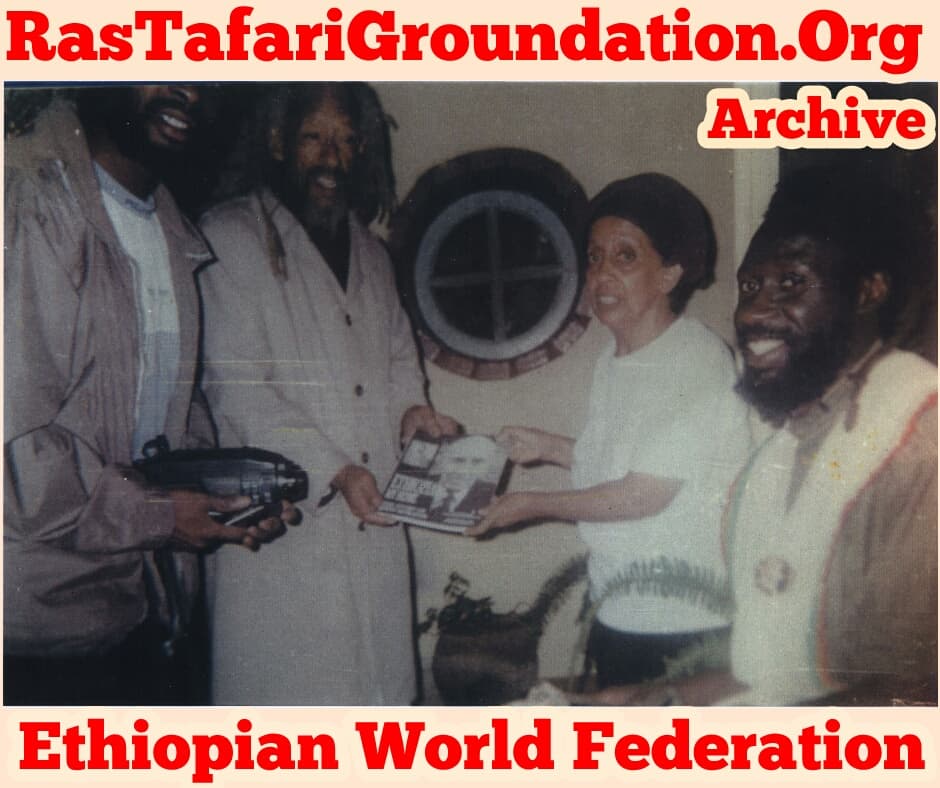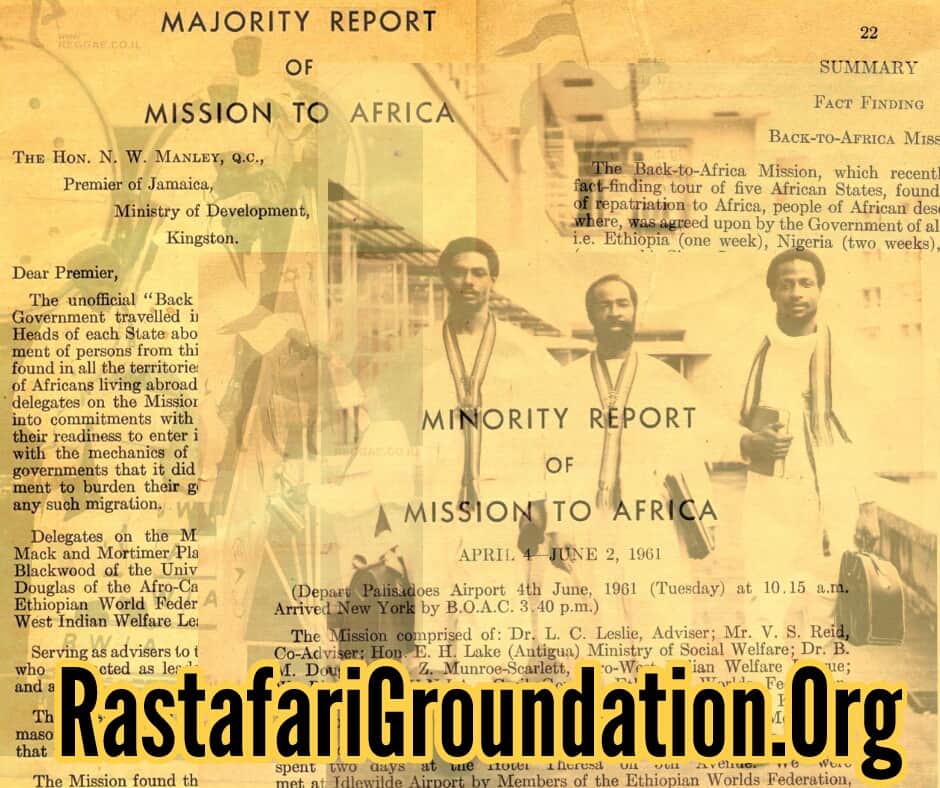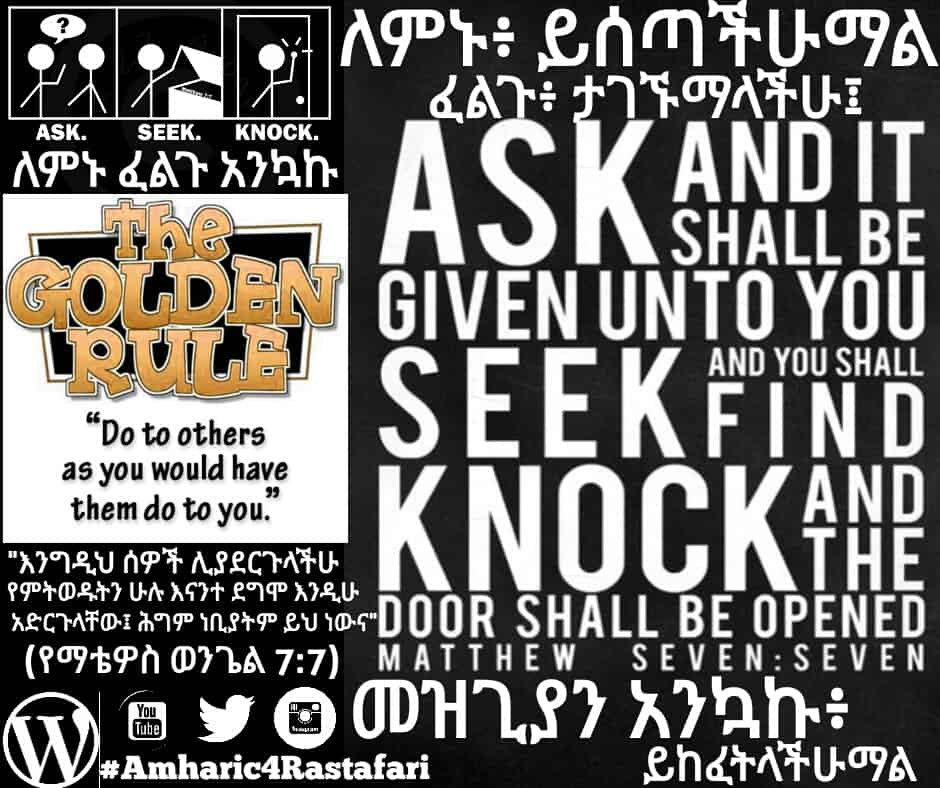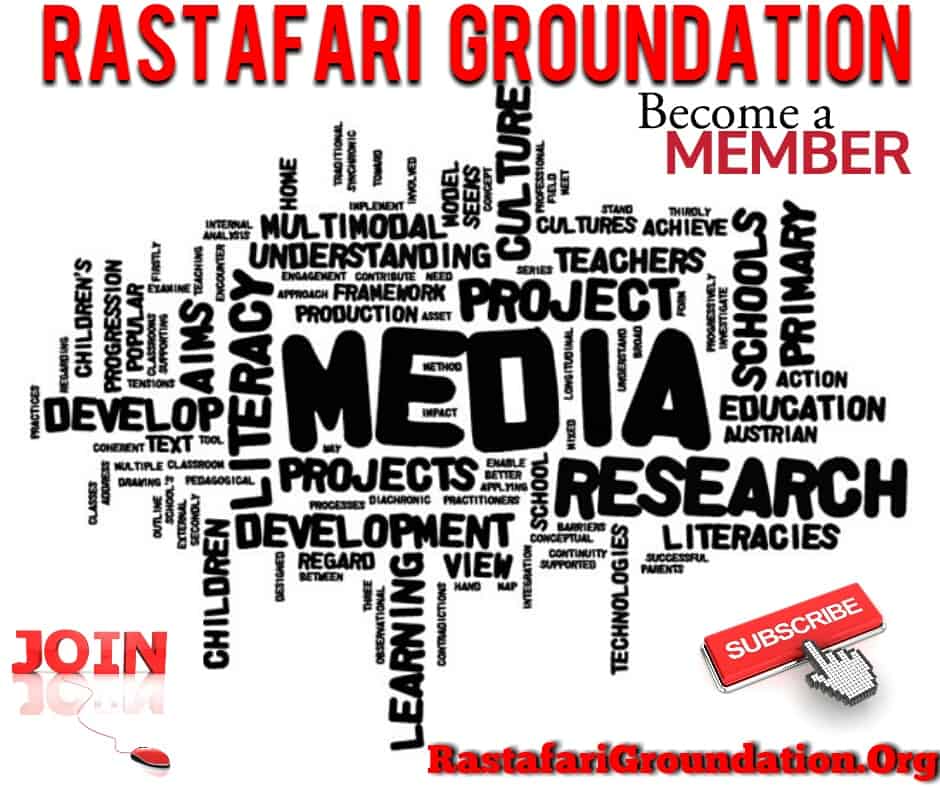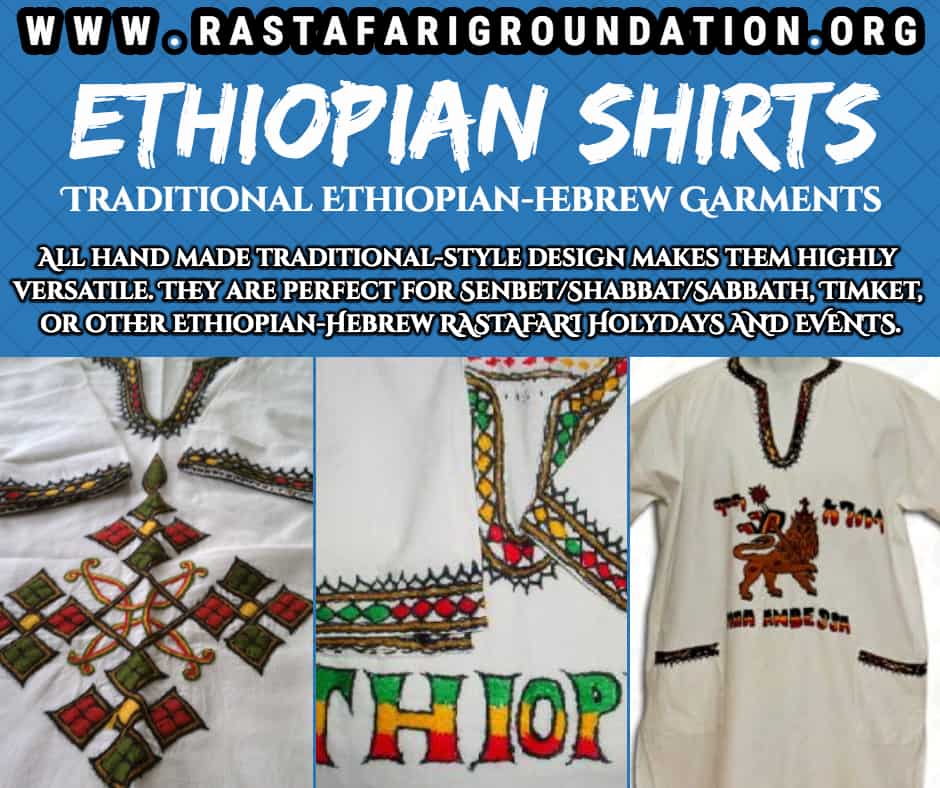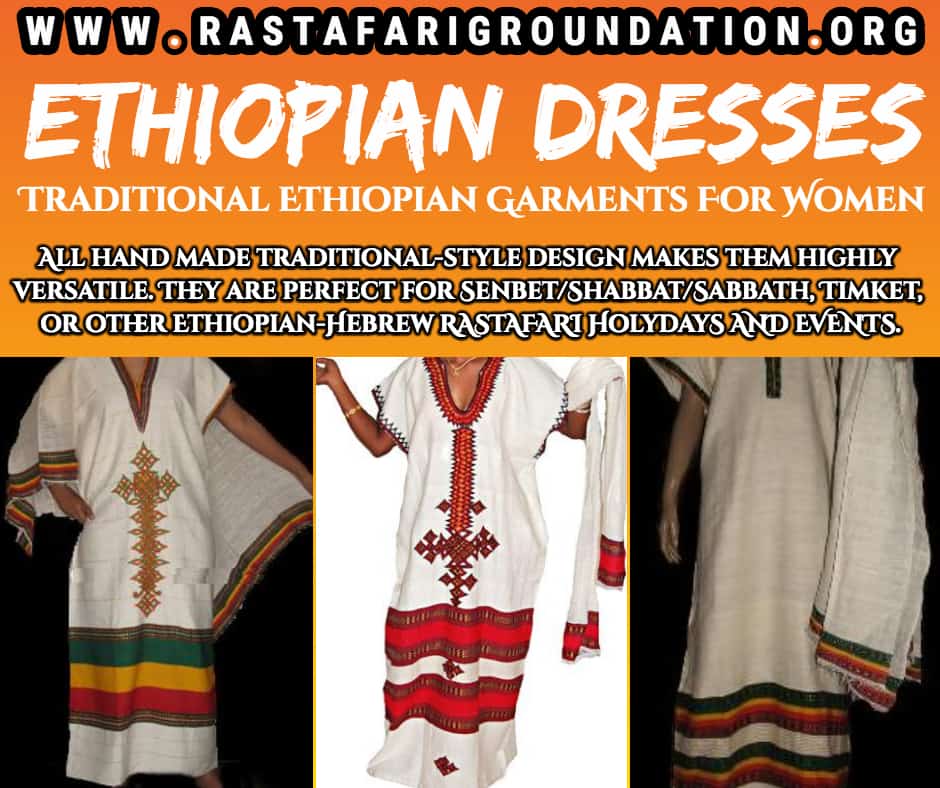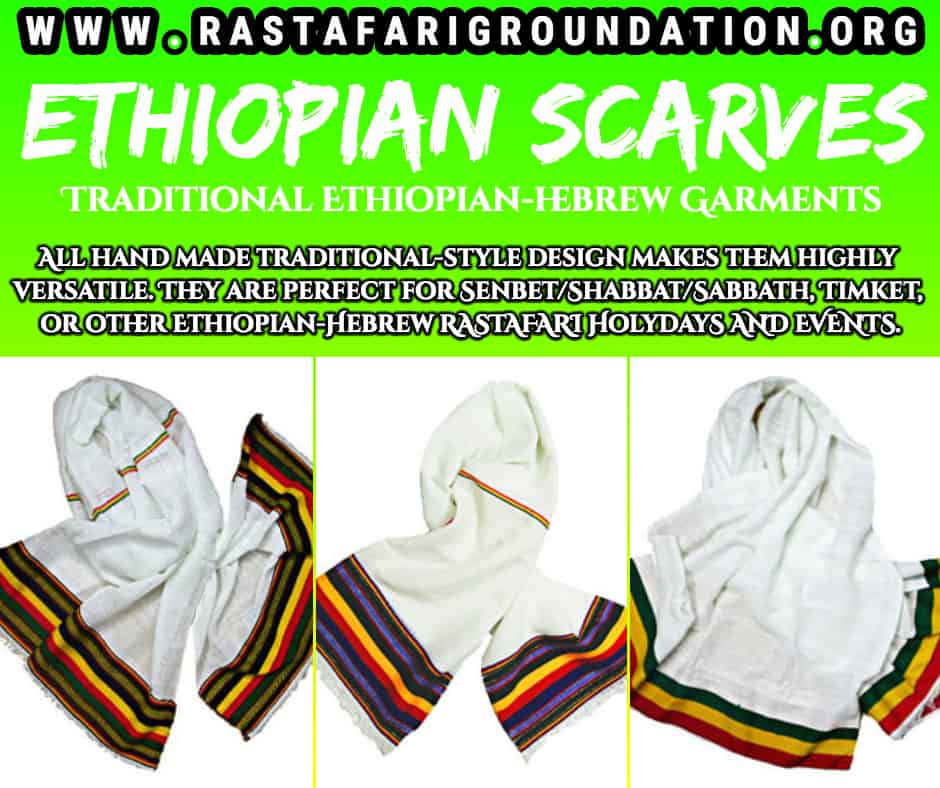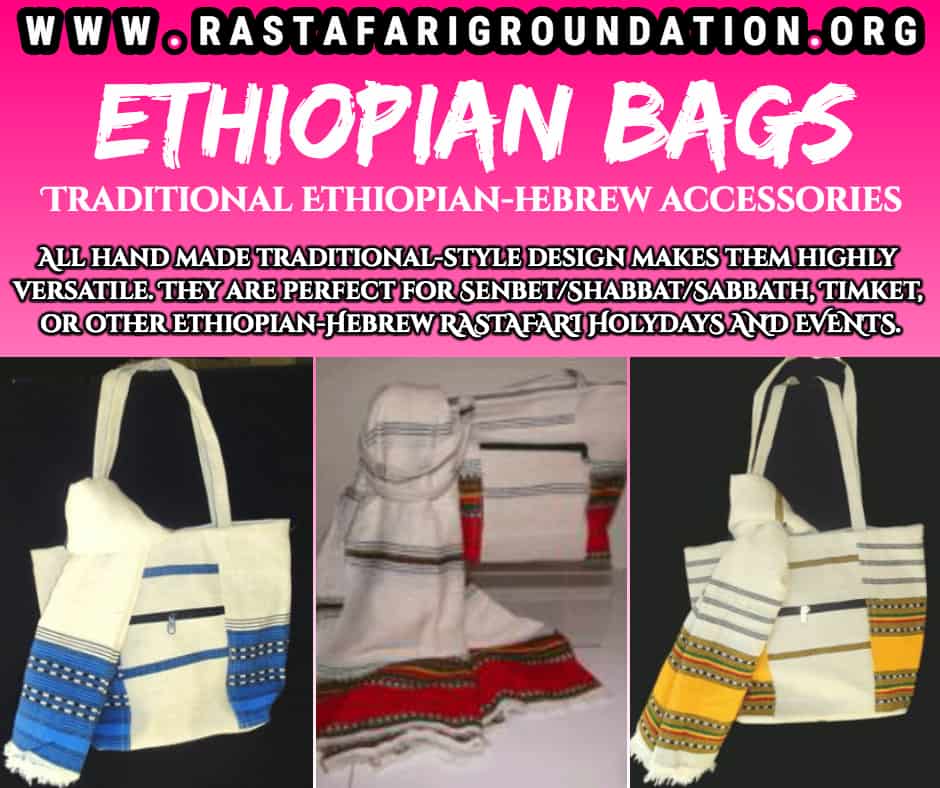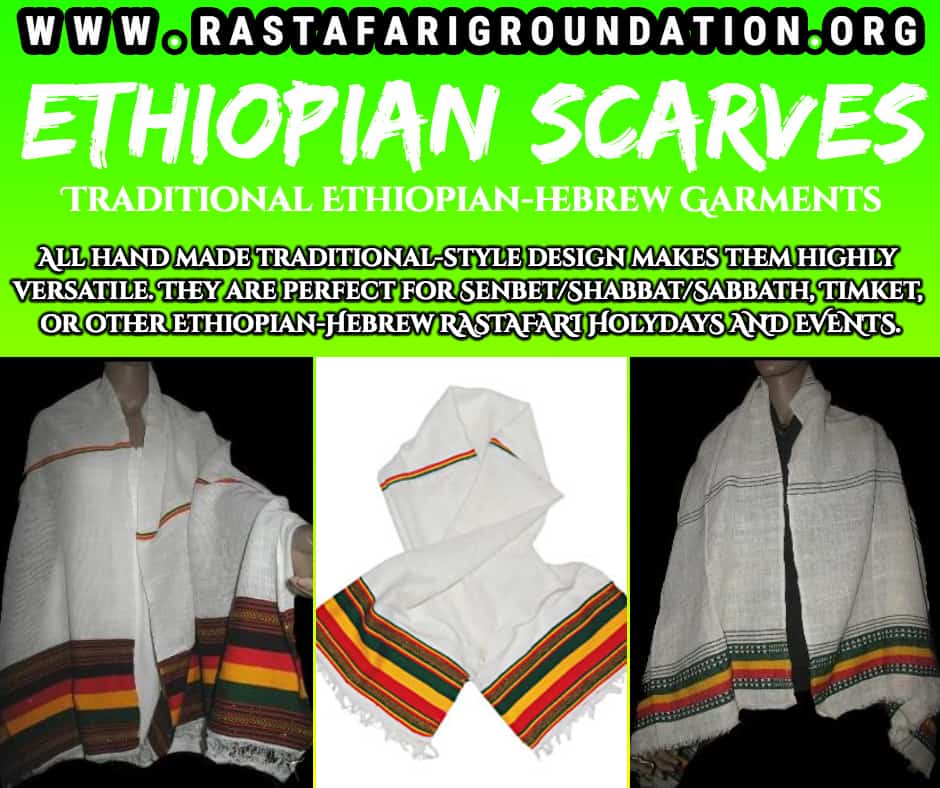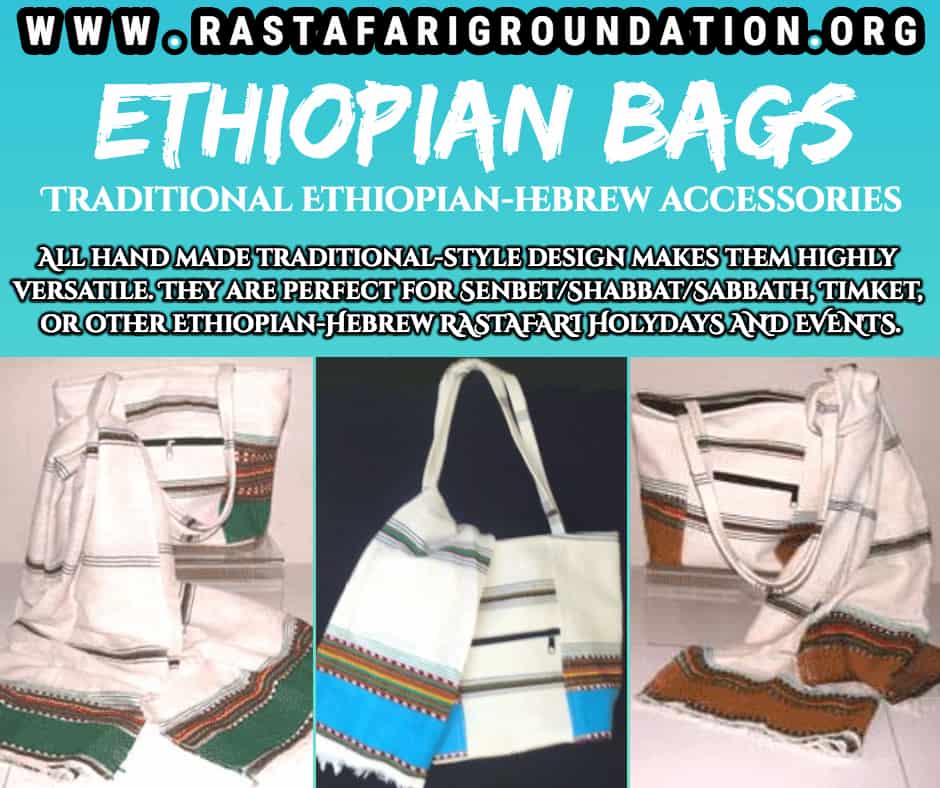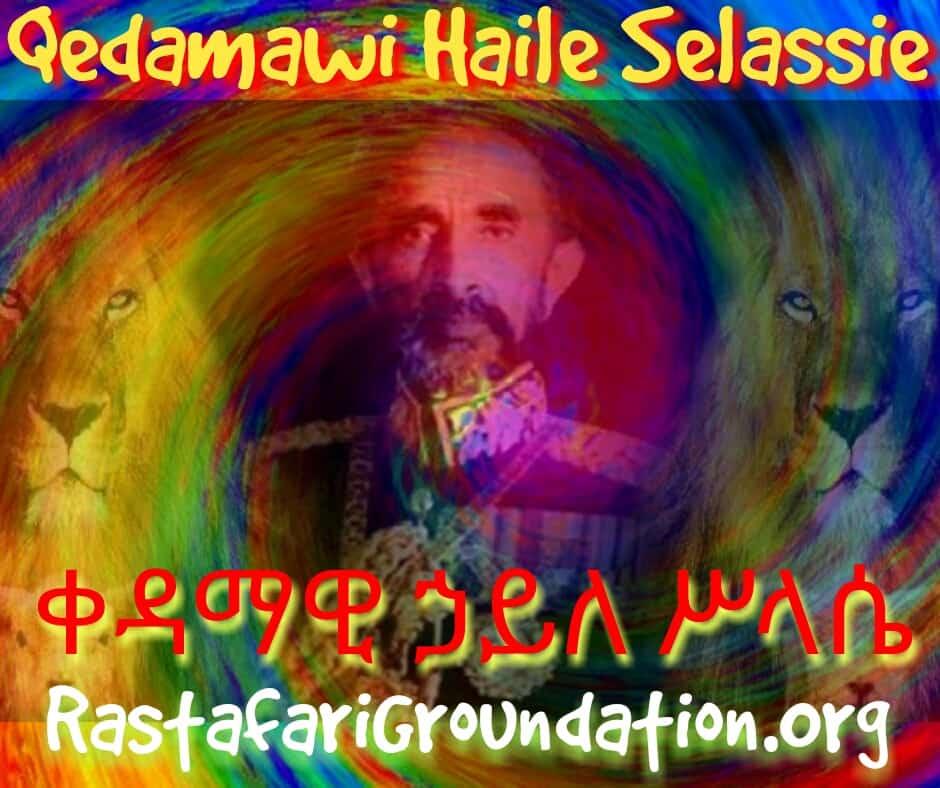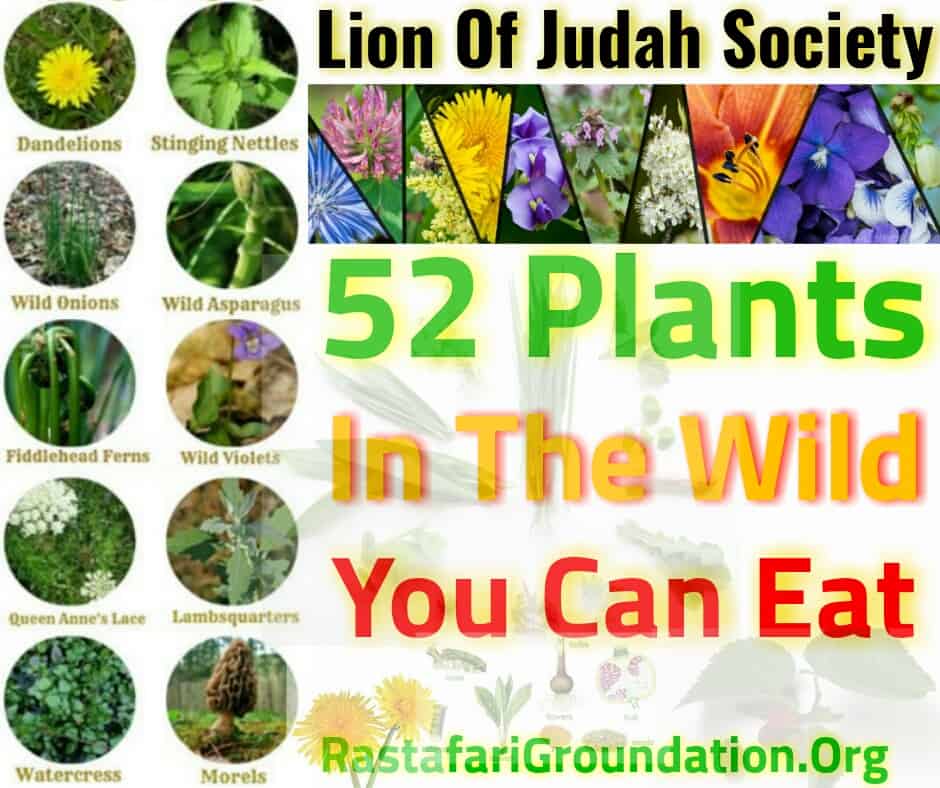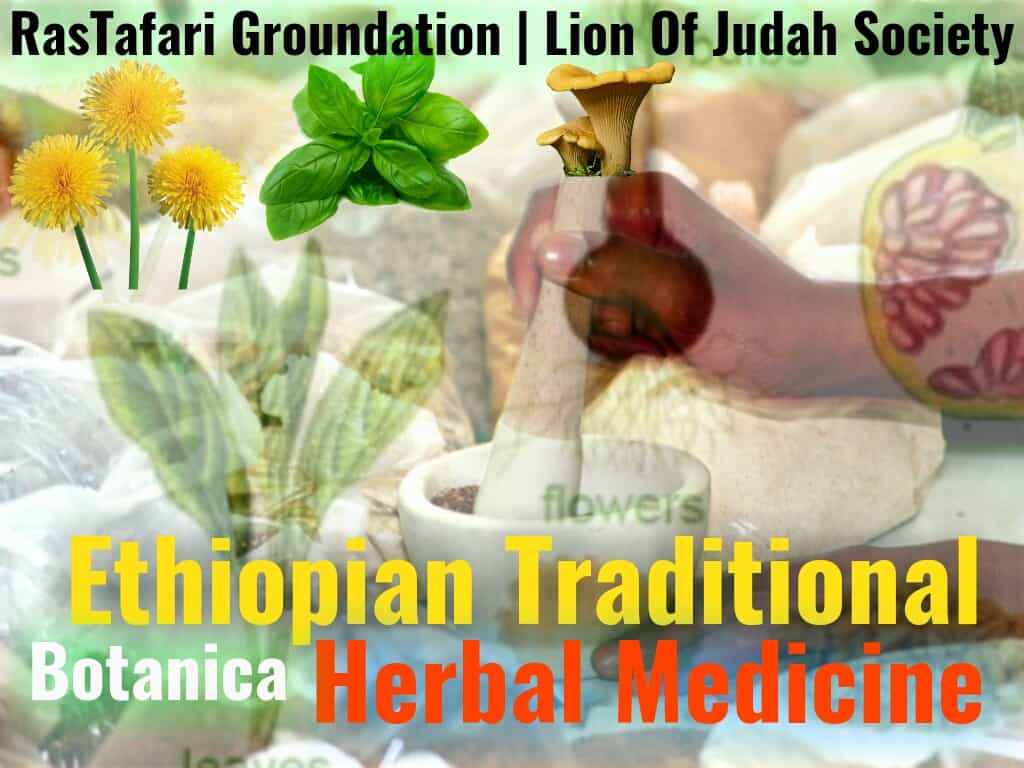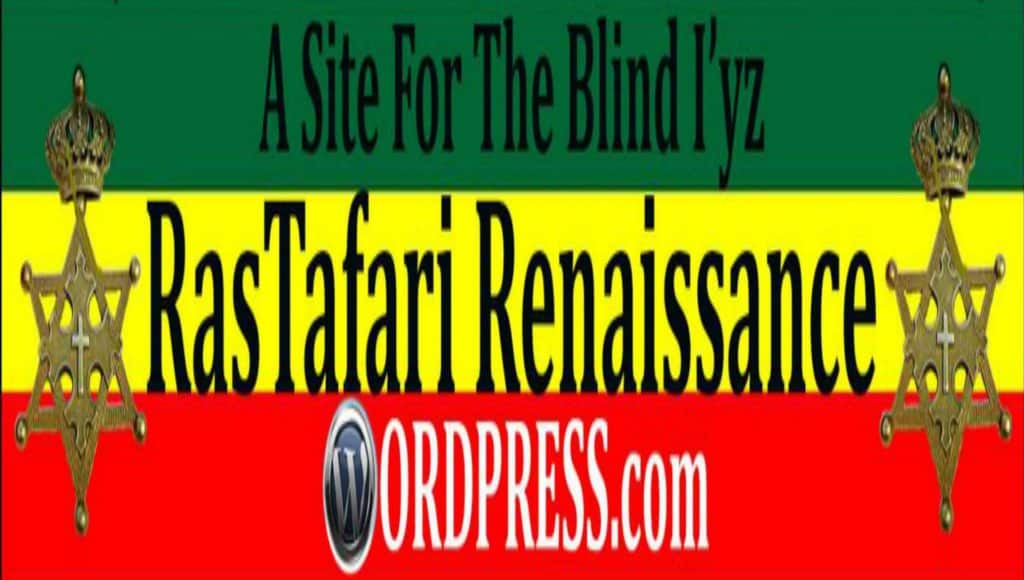This article is about the Ethiopian branch of Judaism. For the feminine name, see Haymanot (name).

Blessed be God the Lord of Israel
(Psalm 41:13 KJV; Psalm 72:18 KJV)
Haymanot (Ge'ez: ሃይማኖት) is the branch of Judaism practiced by the House of Israel (Hebrew: בֵּיתֶא יִשְׂרָאֵל, Beyte (beyt) Yisrael; Ge’ez: ቤተ እስራኤል), Bēta ‘Isrā’ēl, also known as Ethiopian Jews.
Haymanot in both Ge'ez and Amharic translated generally as "religion" or more anciently in the Hebraic as "(living) faith". Thus in modern Amharic, it is common to speak of the Christian Haymanot, the Jewish Haymanot or the Muslim Haymanot. It is only in Israel where the Ge'ez term haymanot is associated with a particular religion.
Contents
- 1. Religious leaders
- 2. Texts
- 3. Prayer house
- 4. Dietary laws
- 5. Calendar and holidays
- 6. References
Religious leaders
- Nabiy ነቢይ (Prophet) – an individual who is regarded as being in contact by a divine being and is said to speak on that entity's behalf, serving as an intermediary with humanity by delivering messages or teachings from the supernatural source to other people. The message that the prophet conveys is called a prophecy, which transports—at least in Judaism—a message beyond mere goyim or Gentile soothsaying, augury, divination, or forecasting, and, most prominently in the Neviim of the Hebrew Bible, so-called the TaNaKh, often comprises issues of social justice. In Christianity a prophet (or seer) is one inspired by God through the Holy Spirit to deliver a message for a specific purpose. God's calling as a prophet is not to elevate an individual for their own glory, but for the glory of God and to turn people to him.
- Menekusae መነኩሴ (Monk) – from Greek: μοναχός, monachos, "single, solitary" via Latin monachus is a person who practices religious asceticism by monastic living, either alone or with any number of other monks. A monk may be a person who decides to dedicate his life to serving all other living beings, or to be an ascetic who voluntarily chooses to leave mainstream society and live his or her life in prayer and contemplation. The concept is ancient and can be seen in many religions and in philosophy. The indigenious or native Ethiopian "Monk" is known as the ባሕታዊ Bah'tawi.
- Kahin ካህን or Kes ቄስ (Priest; priests-clergy ቀሳውስት) – Originally the spiritual leader, similar to the Hebrew Kohen and analogous to "Jewish" Rabbi ረቢ. In the New Testament, Our Lord Jesus Christ is called Rabbi 5 times in Saint John's Gospel (1:38,49; 3:2,26; 6:25) and by Mary Magdalene, once "Our Rabbi," or in the KJV - Rabboni (ረቡኒ).
- Liqe Kahinat ሊቀ ካህናት (High Priest) – the main leader of the Ethiopian Jewish community.
- Debtera ደብተራ – an itinerant religious figure among the Beta Israel and in the Ethiopian and Eritrean Orthodox Tewahedo Churches, who sings hymns and dances for churchgoers, and who performs exorcisms and white magic to aid the congregation. A debtera will claim an ecclesiastical identity and behave as in minor orders. They may in fact be officially ordained as deacons, or may act outside the Church hierarchy. They are usually feared by the local population.
- Shmaglae ሽማግሌ (Elder) – (Heb. זָקֵן, zaken). In Israel, as among all other ancient peoples, the elder is not only a person of advanced age, but also a man of distinct social grade.(cf. šībum in Akkadian, senator in Latin, geron in Greek, and sheikh in Arabic). The elders were the consulting body of the city, the nation, or the king respectively, and as such were considered "the wise" (cf. Ezek. 7:26 with Jer. 18:18). As a social institution, various types of elders are named: elders of a people (Israel, Judah, Moab, and Midian, Num. 22:4, 7; Egypt, Gen. 50:7); elders of an area (Gilead, Judg. 11:5–11); elders of a tribe (Deut. 31:28); elders of the Diaspora (Jer. 29:1); elders of the priests (II Kings 19:2; Jer. 19:1); elders of the city (passim); and elders of the house (i.e., palace, Gen. 50:7; II Sam. 12:17). The most prominent are the elders of the people or the country and the elders of the city. And the elders of Israel, who support the kohanim with testimony and the chain of Torah authority, and the people with inspiration and protection, provide a crucial, honorable link in our unity.
Texts
Mäṣḥaf Kedus መጽሐፍ ቅዱስ (Holy Scriptures) is the name for the religious literature. The language of the writings is Ge'ez. The holiest book is the Orit (originally from Ge'ez: አርአያ Ar'Aya/Araya; also, in Aramaic as "Oraita" – hence, latter "Torah") which consists of the Five Books of Moses and the books Joshua, Judges and Ruth. The rest of the Bible has secondary importance. Sources are lacking on whether the Book of Lamentations is excluded from the canon, or whether it forms part of the Book of Jeremiah as it does in the Orthodox Tewahedo biblical canon.[citation needed]
Deuterocanonical books that also make up part of the canon are Sirach, Judith, Esdras 1 and 2, Meqabyan, Jubilees, Baruch 1 and 4, Tobit, Enoch and the testaments of Abraham, Isaac and Jacob.
Non-Biblical writings Include: Nagara Muse (The Conversation of Moses), Mota Aaron (Death of Aharon), Mota Muse (Death of Moses), Te'ezaza Sanbat (Precepts of Sabbath), Arde'et (Students), Gorgorios, Mäṣḥafä Sa'atat(Book of Hours), Abba Elias (Father Elija), Mäṣḥafä Mäla'əkt (Book of Angels), Mäṣḥafä Kahan (Book of Priest), Dərsanä Abrəham Wäsara Bägabs (Homily on Abraham and Sarah in Egypt), Gadla Sosna (The Acts of Susanna) and Baqadāmi Gabra Egzi'abḥēr (In the Beginning God Created). Zëna Ayhud (Jews Story) and fālasfā (Philosophers) are two books that are not holy but still have a great influence.
Prayer house
The Synagogue is called masgid (place of worship) also bet maqds (Holy house) or ṣalot bet (Prayer house).
Dietary laws
Dietary laws are based mainly on Leviticus, Deuteronomy and Jubilees. Permitted and forbidden animals and their signs appear on Leviticus 11:3–8 and Deuteronomy 14:4–8. Forbidden birds are listed on Leviticus 11:13–23 and Deuteronomy 14:12–20. Signs of permitted fish are written on Leviticus 11:9–12 and Deuteronomy 14:9–10. Insects and larvae are forbidden according to Leviticus 11:41–42. Birds of prey are forbidden according to Leviticus 11:13–19. Gid hanasheh is forbidden per Genesis 32:33. Mixtures of milk and meat are not prepared or eaten but are not banned either: Haymanot interpreted the verses Exodus 23:19, Exodus 34:26 and Deuteronomy 14:21 literally "shalt not seethe a kid in its mother's milk" (like the Karaites). Nowadays, under Rabbinic influence, mixing dairy products with meat is banned.
Ethiopian Jews were forbidden to eat the food of non-Jews. A Kes only eats meat he has slaughtered himself, which his hosts then prepare both for him and themselves. Beta Israel who broke these taboos were ostracized and had to undergo a purification process. Purification included fasting for one or more days, eating only uncooked chickpeas provided by the Kes, and ritual purification before entering the village. Unlike other Ethiopians, the Beta Israel do not eat raw meat dishes like kitfo or gored gored.
Calendar and holidays
The Beta Israel calendar is a lunar calendar of 12 months, each 29 or 30 days alternately. Every four years there has been a leap year which added a full month (30 days). The calendar is a combination of the ancient calendar of Alexandria Jewry, Book of Jubilees, Book of Enoch, Abu Shaker and the Ge'ez calendar. The years are counted according to the Counting of Kushta "1571 to Jesus Christ, 7071 to the Gyptians and 6642 to the Hebrews", according to this counting the year 5771 (Hebrew: ה'תשע"א) in the Rabbinical Hebrew calendar is the year 7082 in this calendar.
Holidays in the Haymanot divided into daily, monthly and annually. The annual holiday by month are:
- Nisan: ba'āl lisan (Nisan holiday – New Year) on 1, ṣomä fāsikā (Passover fast) on 14, fāsikā (Passover) between 15 – 21 and gadfat (grow fat) or buho(fermented dough) on 22.
- Iyar: another fāsikā (Second Passover – Pesach Sheni) between 15 – 21.
- Sivan: ṣomä mã'rar (Harvest fast) on 11 and mã'rar (Harvest – Shavuot) on 12.
- Tammuz: ṣomä tomos (Tammuz fast) between 1 – 10.
- Av: ṣomä ab (Av fast) between 1 – 17.
- Elul: awd amet (Year rotate) on 1, ṣomä lul (Elul fast) between 1 – 9, anākel astar'i (our atonement) on 10 and asartu wasamantu (eighteenth) on 28.
- Tishrei: ba'āl Matqe (blowing holiday – Zikhron Trua) on 1, astasreyo (Day of Atonement – Yom Kippur) on 10 and ba'āla maṣallat (Tabernacles holiday – Sukkot) between 15 – 21.
- Cheshvan: holiday for the day Moses saw the face of God on 1, holiday for the reception of Moses by the Israelites on 10, fast on 12 and měhlělla(Supplication – Sigd) on 29.
- Kislev: another ṣomä mã'rar and mã'rar on 11 and 12 respectively.
- Tevet: ṣomä tibt (Tevet fast) between 1 – 10.
- Shevat: wamashi brobu on 1.
- Adar: ṣomä astēr (Fast of Esther – Ta'anit Ester) between 11 – 13.
Monthly holidays are mainly memorial days to the annual holiday, these are yačaraqā ba'āl ("new moon festival") on the first day of every month, asärt("ten") on the tenth day to commemorate Yom Kippur, 'asrã hulat ("twelve") on the twelfth day to commemorate Shavuot, asrã ammest ("fifteen") on the fifteenth day to commemorate Passover and Sukkot, and ṣomä mälěya a fast on the last day of every month. Daily holidays include the ṣomä säňňo(Monday fast), ṣomä amus (Thursday fast), ṣomä 'arb (Friday fast) and the very holy Sanbat (Sabbath).
References
- Shelemay, Music, page 42
- Quirun, 1992, p. 71
- Aešcoly, Book of the Falashas, p. 56
- Aešcoly, Book of the Falashas, p. 62-70 (Hebrew); Shelemay, Music, Ritual, and Falasha History, p. 44-57; Leslau, Falasha Anthology, p. xxviii–xxxvi; Quirun, The Evolution of the Ethiopian Jews, p. 146-150
- see Rosh Chodesh
- see also Yom Kippur Katan
